All Categories
- All Categories
- Cruise
- Customer Message
- flower
- Hokuriku tourisum
- Ibaraki tourism
- Japanese Culture
- Japanese foods and drinks
- Japanese lesson
- Kanagawa tourism
- Kyoto tourism
- LGBT
- Messe
- Mie
- Nagano tourism
- Nature in Japan
- News
- Nihongo
- Osaka Accommodation
- Otaku
- Ryokan
- Saitama tourism
- Shikoku tourisum
- Shizuoka tourism
- shopping
- Tohoku tourism
- Tokyo tourism
- Topics
- Tottori
- Transportation
- Travel Information
- Travel Tips
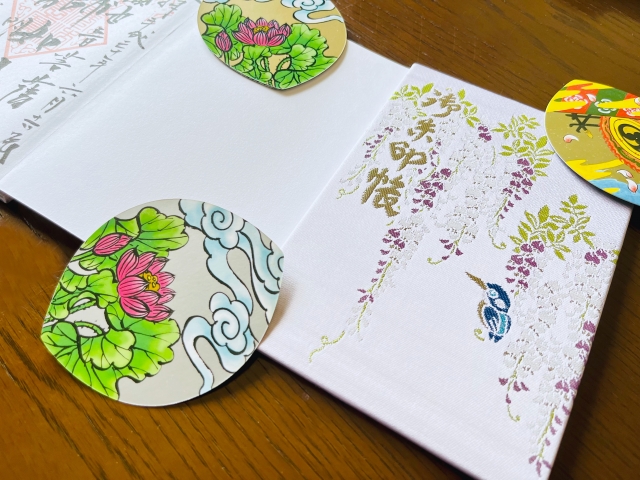
Goshuin is a calligraphically designed temple stamp that you receive in Japan when visiting temples or shrines.
Many people collect goshuin from shrines and temples in their goshuincho (temple stamp book).
My late grandmother was one of them; she kept several goshuincho books, and when she died, they were cremated with her.
Goshuin has a long history and is said to have existed in Japan as early as 1,000 years ago.
It is believed that this custom originated when a person dedicated a copy of a sutra (a transcription of a sutra) to a temple and received a seal and certificate as proof of the dedication.
Later, around the 12th century, the number of pilgrims visiting Japanese temples and shrines increased, and the custom of receiving goshuin became widespread.
From the 17th century onwards, pilgrimages and visits to shrines became commonplace for the general public, and the culture of collecting seals in goshuincho became routine.
The pilgrimage of the common people combined travel with pleasure, so it was also a souvenir of the journey.
The price for a goshuin ranges from 300 to 500 yen.
Some temples and shrines have artistic goshuin, such as paper cutouts, which cost around 1,000 yen.
Normally, the goshuincho is presented at the temple or shrine office to receive calligraphy and seals.
However, since the coronavirus pandemic, you are sometimes given a sheet of paper that has already been calligraphied and stamped.
This paper must be affixed to the goshuincho by the person themselves.
Most temple and shrine employees are skilled calligraphers.
Calligraphy is a Japanese cultural and artistic tradition, and goshuin provide an accessible way to engage with it.
Of course, this is also a sacred item and should be kept in a safe place.
Goshuin collectors are not only devout elderly people, but also young women and foreign tourists.
If you are interested, you can contact the temple office. The goshuin counter is also located in the corner where amulets are sold.
My small travel agency can arrange tour guides to accompany you to temples and shrines.
They can help you if you are interested in both omikuji and goshuin. Omikuji are often written in Japanese only.
If you are interested in omikuji, you can read my previous blog entry about them.
Let’s try Omikuji. How is my luck?
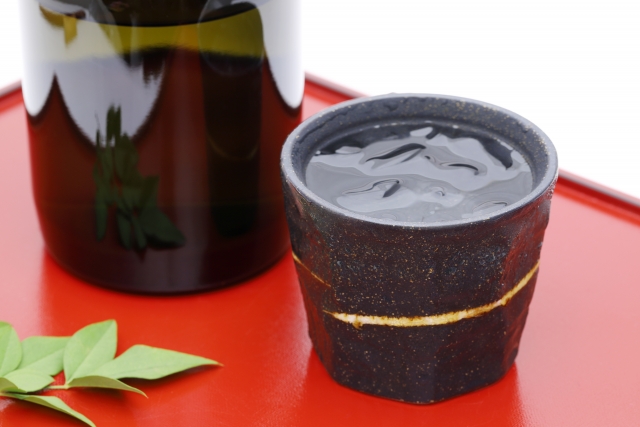
Sake is the most famous alcoholic drink in Japan and is familiar to most visitors to Japan. Sake is of course a common drink for the Japanese, but they also like other typical Japanese alcoholic drinks.
Especially shochu.
When I explain what shochu is, I always say that it is Japanese vodka.
Shochu is a distilled spirit whose ingredients include barley, buckwheat, brown sugar and sweet potatoes.
Sake has been around for around 2,000 years, but shochu is something new in comparison.
Records show that shochu was already being drunk in Japan in the 16th century. But that only makes it around 500 years old.
Shochu production is particularly flourishing in the southern region of Kyushu.
If you ask the residents of Kagoshima about shochu, for example, they will recommend many brands. Also, due to the low production numbers, a proportion of shochu output is not sold in other prefectures.
Shochu has an alcohol content of around 25%. Some people drink it straight, but it is usually served on ice or mixed with mineral water. In the cold season, some people drink it with hot water. Sometimes dried plums are also added to give it a sour taste.
Shochu has different flavors depending on its ingredients. Sweet potato shochu has a distinctive smell. However, you should try buckwheat, barley or brown sugar shochu first.
The most popular drink among young people is the “sour”. Sour is a drink based on distilled spirits to which sour fruit juices such as citrus fruits and sweetening ingredients such as sugar and syrup as well as carbonated water are added.
Sours with lemon and blackcurrant are not very alcoholic and are popular with young women.
They are usually drunk in pubs, but are also sold in cans in supermarkets and convenience stores.
If you like the taste of shochu, you can take it home with you as a souvenir.
Sake can now be bought all over the world, but shochu is not yet so well known in the world.
We recommend that you first visit an izakaya (Japanese pub) to master the drinking techniques there.
If you would like a Japanese guide for this, please contact my small travel agency.
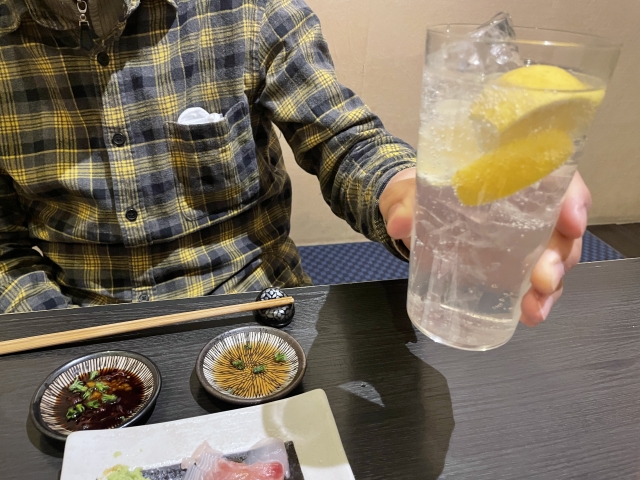
▲A person who drinks lemon sours at a Japanese-style pub.
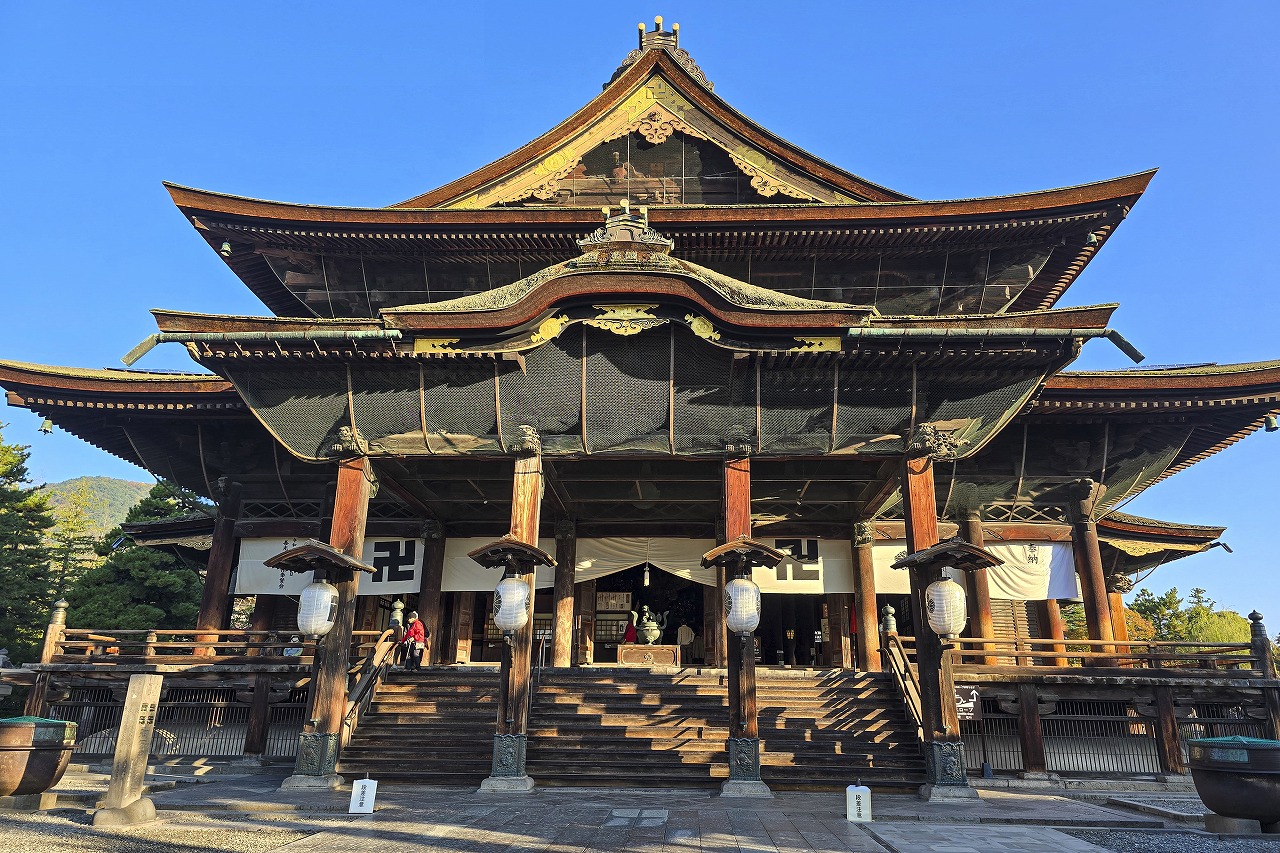
There are many tourist attractions in Japan that are well known to the Japanese but unknown to foreign tourists.
Kyoto, Nikko and Hakone are visited by many foreign tourists. They are of course also very well known and popular with Japanese tourists.
But depending on the time of year, they can get very crowded.
As a student, I worked as a tour guide and traveled around the world with my clients. I’ve been on the Romantic Road in Germany and the Jungfraujoch in Switzerland more times than I can count.
The clients in my group didn’t want to hear Japanese when they were traveling. When they travel to a foreign country, they want to interact with the locals and communicate in foreign languages. But in Rothenburg, they met people who spoke Japanese.
Something similar is currently happening in Japan.
You are in Japan, but what you hear is a language other than Japanese.
I explained to my clients that there are a lot of foreign tourists in Nikko and Hakone. Of course it’s a beautiful destination without a doubt, but with this prior knowledge you can get a more accurate picture.
Suggestions for areas with low numbers of foreign tourists were welcomed.
Iiyama is a town in Nagano Prefecture that is still unknown to foreign tourists.
Staying in a tatami room in a nearby onsen ryokan and enjoying Japanese cuisine was a wonderful experience for them.

The Izu Peninsula in Shizuoka Prefecture is also a well-known vacation destination for Japanese, but does not yet attract many foreign tourists. Shimoda, in the southern part of the peninsula, is a well-known historical town. Japan used to be an isolated country until ships from the USA came to Shimoda and demanded that Japan open up.
Japanese tourists come to this seaside town to swim. The main season in Shimoda is therefore the summer. Hotels and ryokan are fully booked at this time of year.
However, it is of course also a beautiful town to visit outside the summer and I recommended it to my clients.
My clients were delighted with the family-run guesthouse on the seafront that I booked for them.
We all don’t want to be disturbed by the hustle and bustle of other tourists, even if we are tourists ourselves. It’s a selfish hope, but perhaps it’s a good one .
Traveling can cause problems.
Missing a train is a common problem.
I made sure to provide my clients with a timetable and let them know in advance where and at which stations they would be stopping.
Japanese place names are of course displayed in Japanese. Sometimes they are also written in English, but not always in the countryside.
This is one of the services I can offer as I want my customers to visit the hidden landscapes of Japan.
The timetable is also written in Japanese, so if you have any difficulties you can ask a local Japanese.
I put the safety of my customers above everything else.
My customers have already returned to their home countries. They are promoting Japan to their friends, which makes me very happy.
*The nice photos were taken by the customer.
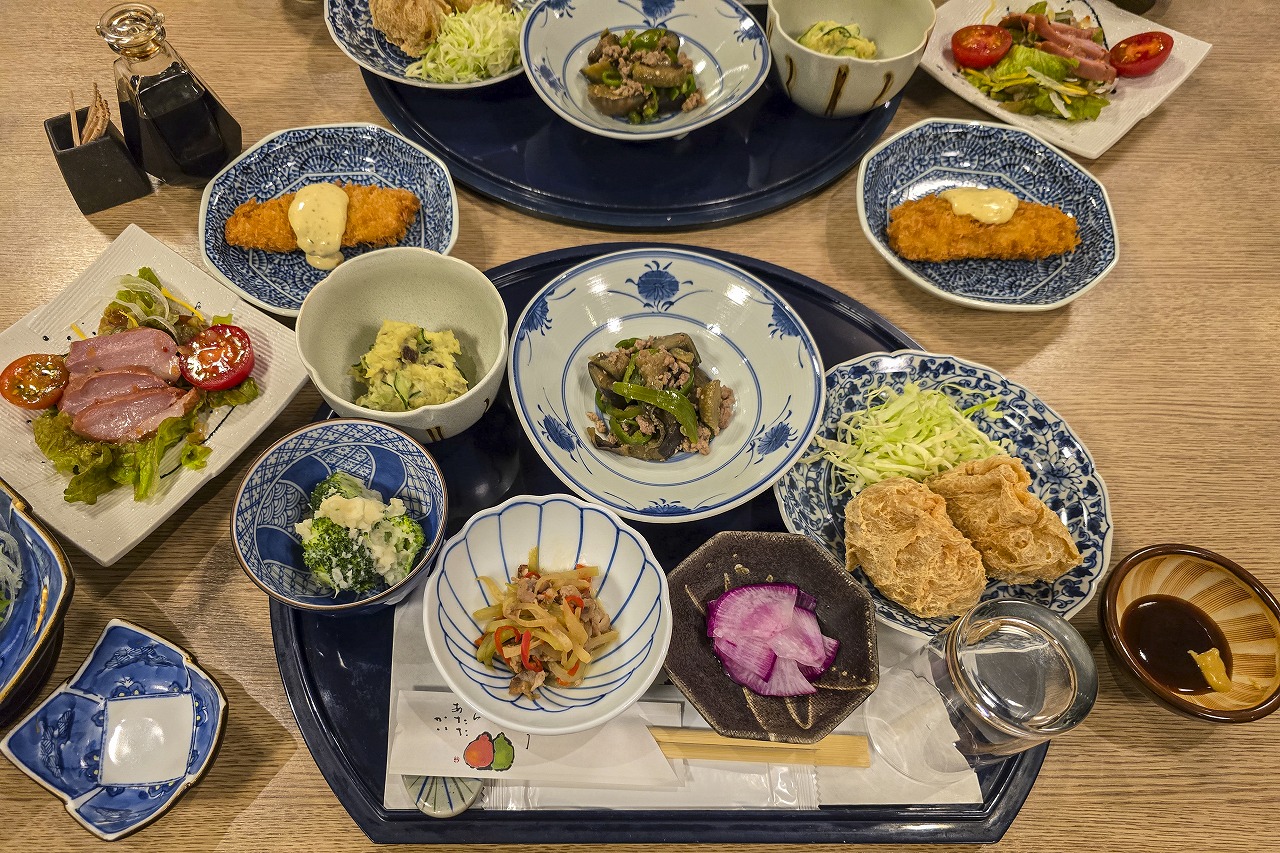
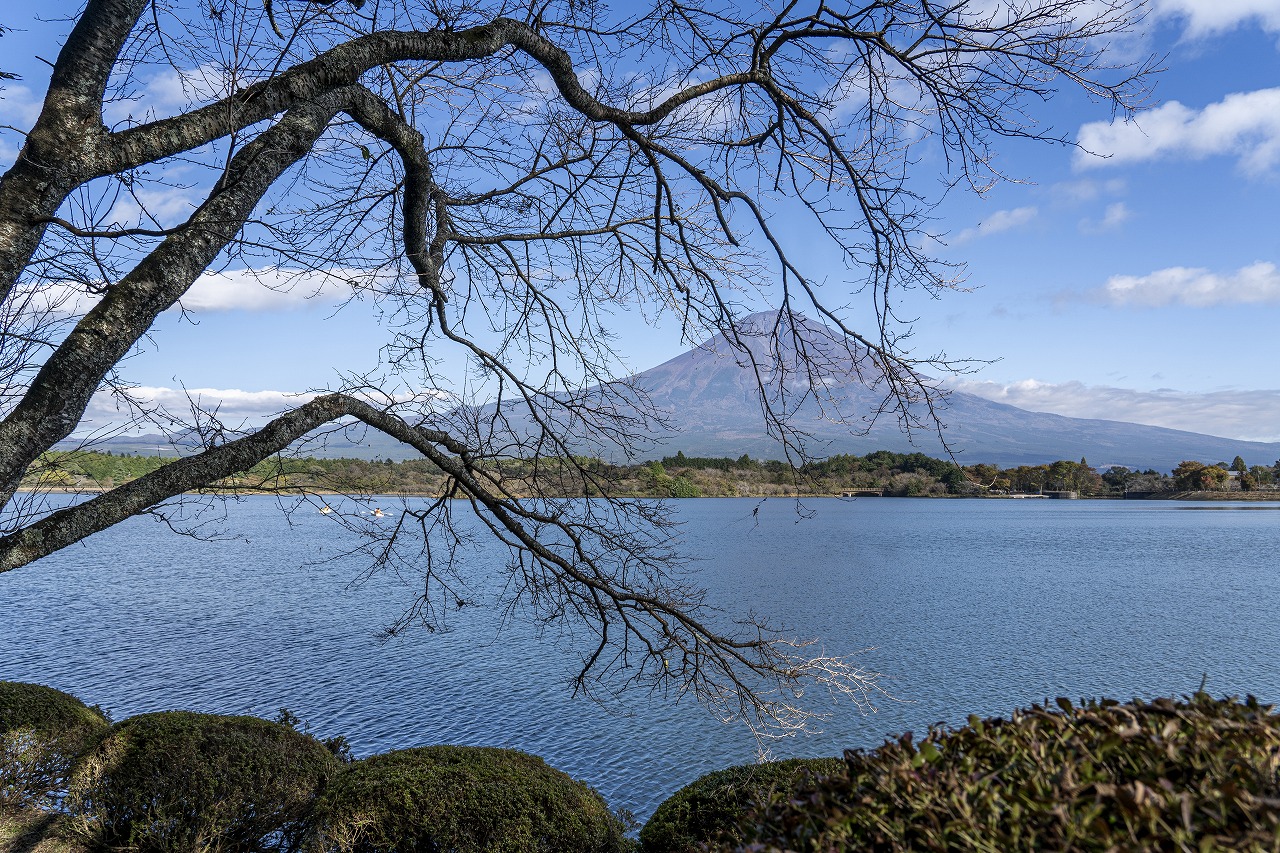
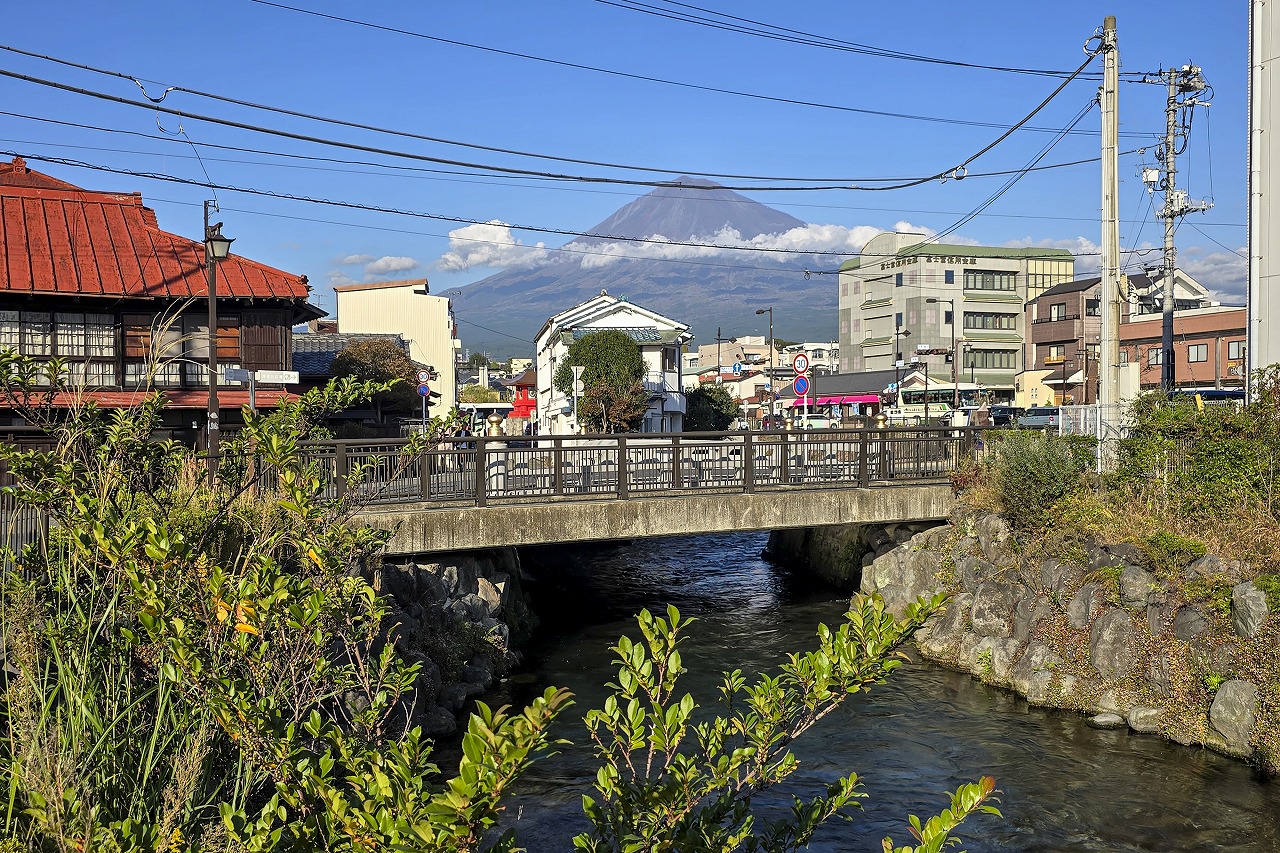


I have received permission from my clients to write this report.
Clients of mine from Vienna visited Japan before the Corona pandemic and they recently wanted to return to Japan.
They liked my small travel agency and asked me to organize their trip again. I was incredibly happy about that!
I spoke to them regularly about ZOOM.
It was necessary to check their schedule in Japan and then find an efficient itinerary, matching it with the Japanese calendar.
They wanted to avoid the crowds in the fall as much as possible because there are many holidays in Japan and it is also a travel time for Japanese people.
We also had to consider how heavy it would be to carry their suitcases.
However, there is a courier service in Japan.
With this service, you can send your heavy suitcase to the next hotel but one and travel to the next hotel with a small backpack containing your luggage for a few nights.
Not all hotels work with this courier service.
It was therefore necessary to check with each hotel to make sure this was the case.
The location of the hotel is also important. The accessibility of airports and train stations should also be taken into account.
We carefully considered which hotel we should stay in.
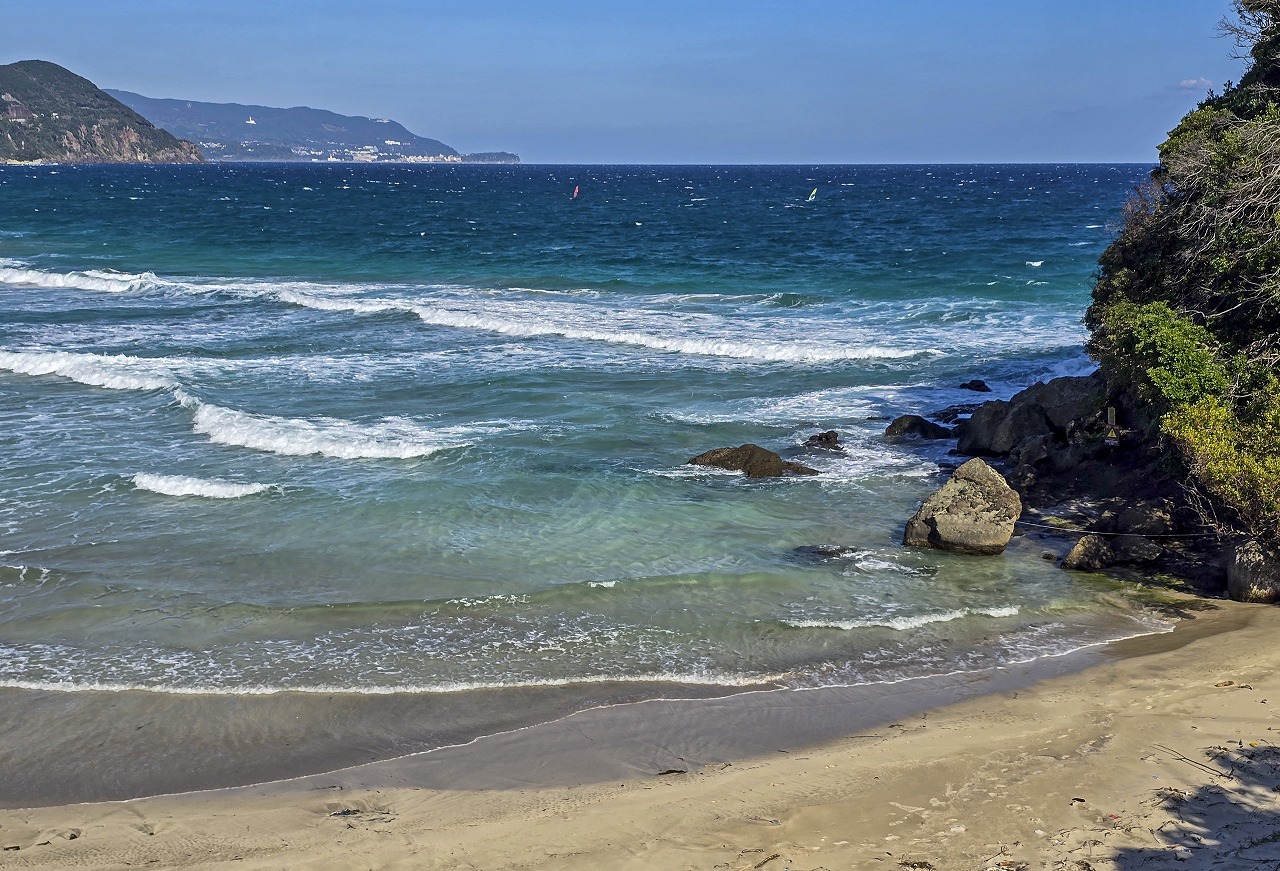
Many travelers these days use OTAs (Online Travel Agents) to book hotels. I don’t deny that it’s convenient. But it’s also true that there are problems with it. I’ve had the opportunity to speak with hotel managers and I’m not sure if it’s a problem with the OTA system or if it’s a mistake on the traveler’s part when booking, but sometimes they arrive at the hotel without a reservation or they’ve booked with the wrong details. Hotel managers want to help these travelers, but since their bookings were made through OTAs, they have to file a complaint with the OTAs themselves.
My clients, however, do not encounter any such booking errors. My small travel agency is a recognized Japanese travel agency and a member of the All Nippon Travel Agents Association (ANTA). Their unions have close ties with the Japanese government and are trusted by the hotels. I use this network to contact each hotel.
The most important thing, of course, is that I do what my customers want. Nikko and Hakone are very crowded in the fall, so a schedule of not spending the weekend there was suggested to make it as convenient as possible.
Fortunately, my clients trusted my small travel agency and were open to my suggestions. It involved visiting the Japanese countryside, as well as destinations that are popular with foreign tourists.
They then stayed at a ryokan in Togari-Onsen, Nagano Prefecture, and at Zenkoji Temple in Nagano, where they stayed in a temple hostel. In Shimoda, Shizuoka Prefecture, they stayed in a family-run guesthouse overlooking the sea.
I am very glad that they liked it there.
In Japan, a lot of information is only available in Japanese. Some information is also only available from Japanese travel agencies.
In some famous destinations, there are only foreign tourists and few Japanese people. If you prefer this way of traveling, of course I have no objection, but my clients had other wishes.
I will continue this report in my next blog.
*The nice photos were taken by the customer.
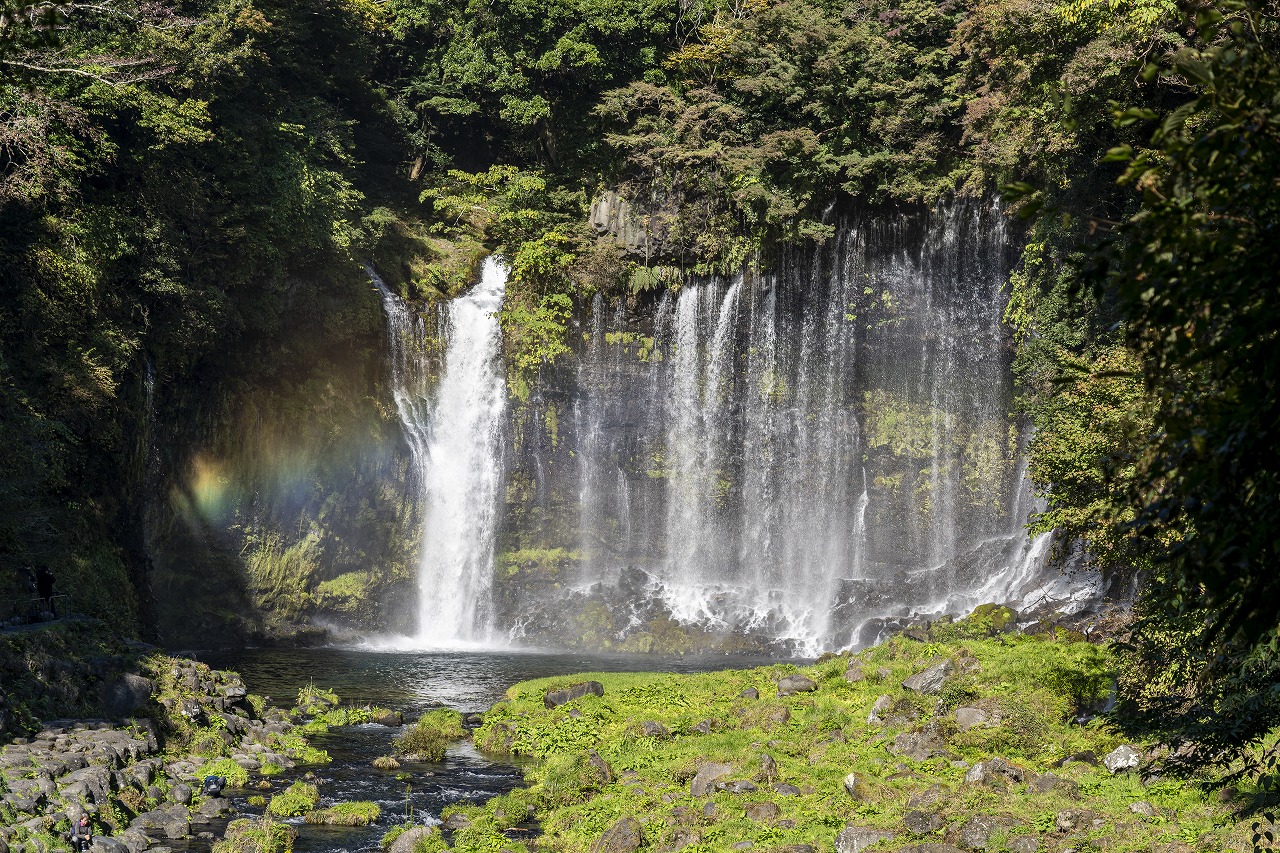
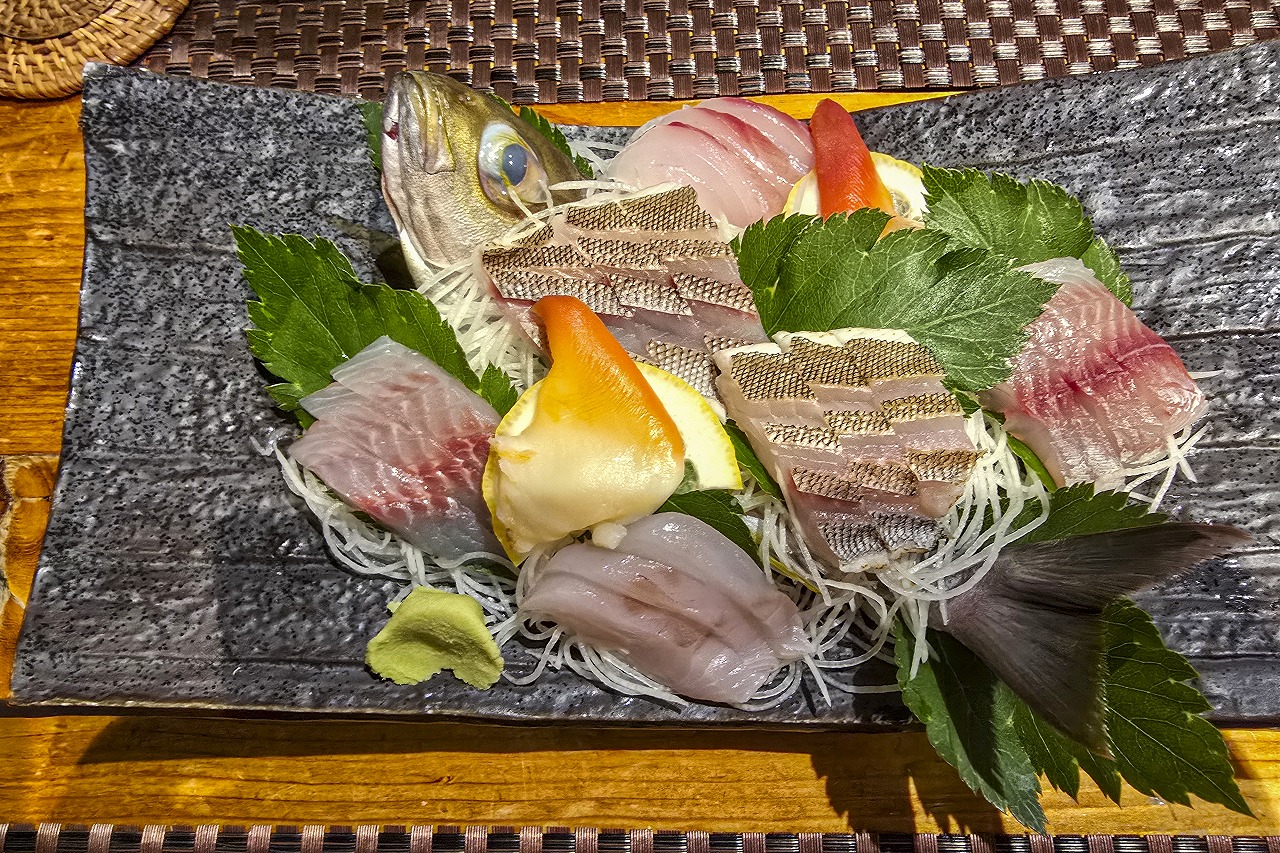
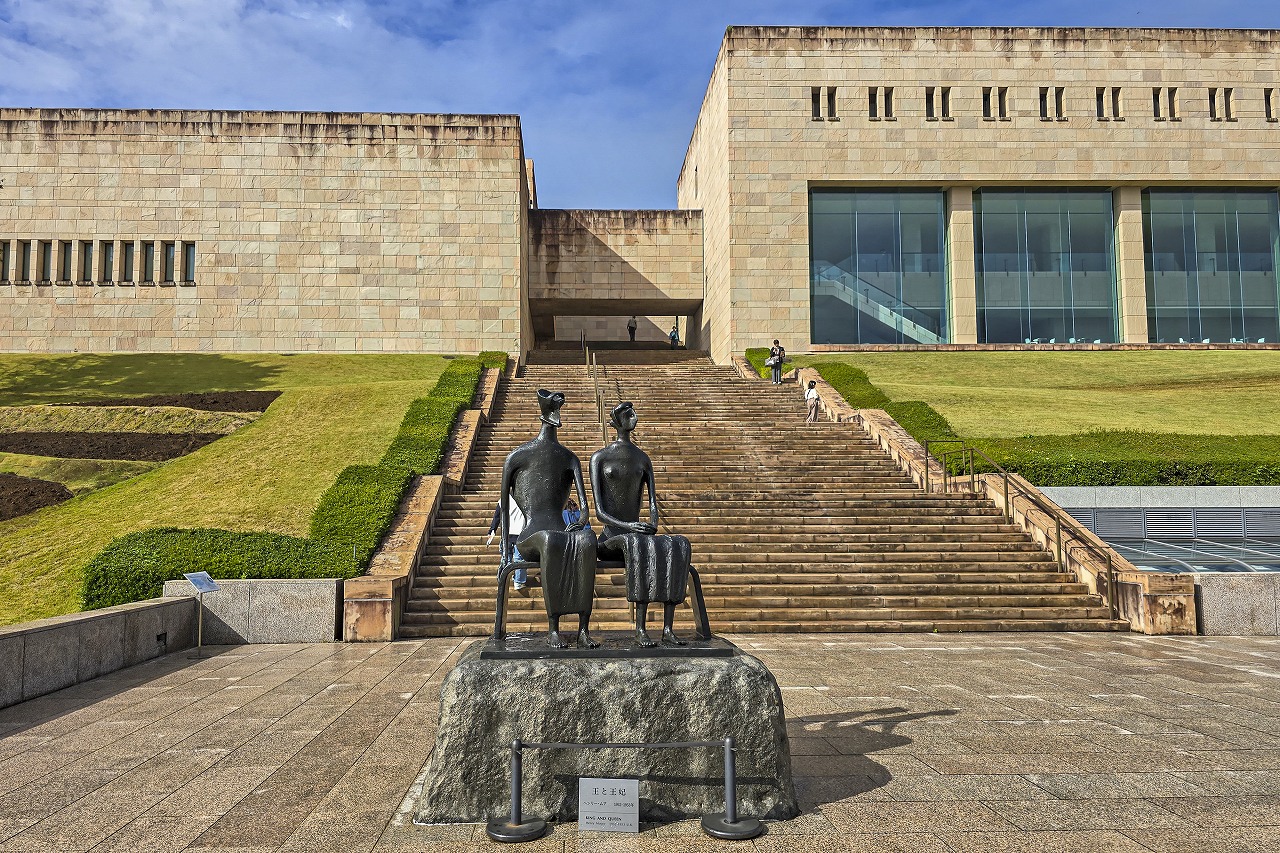
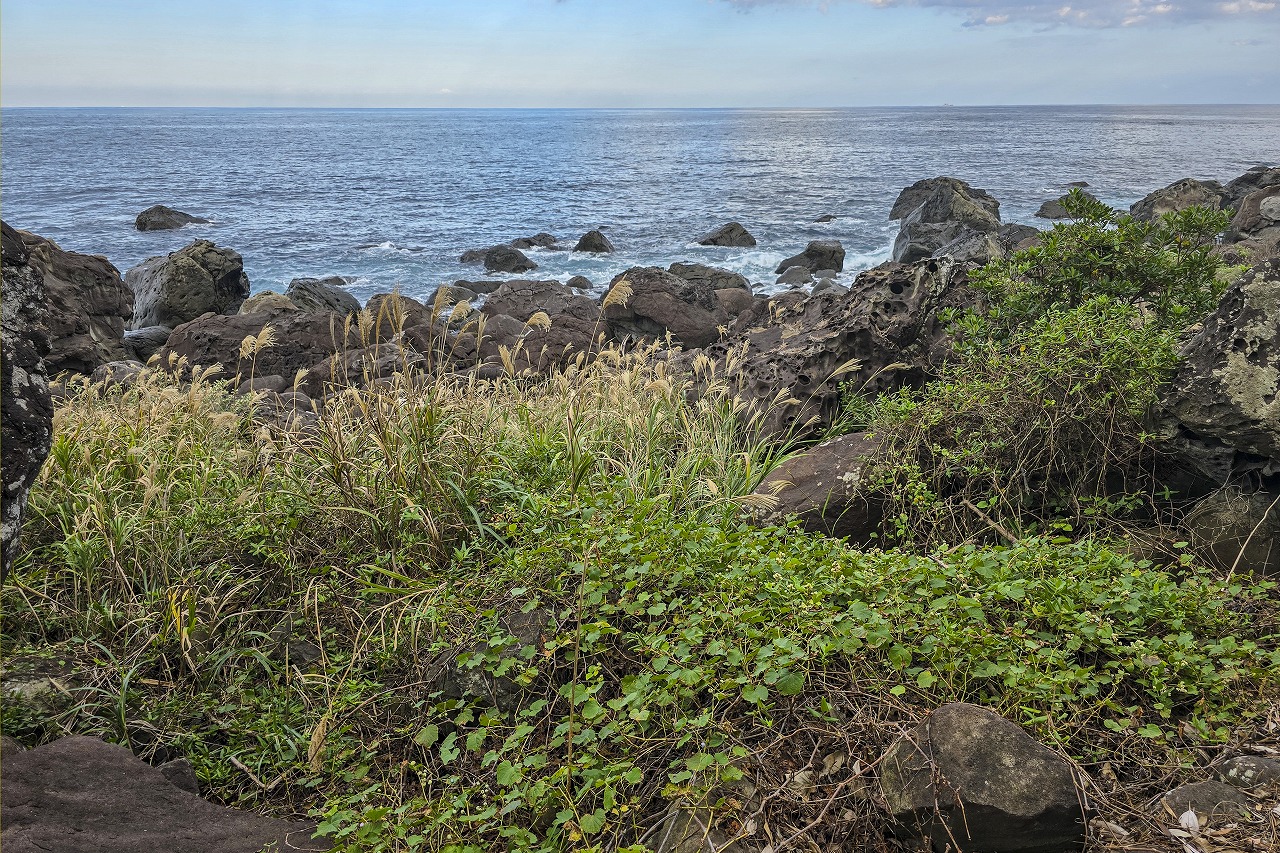
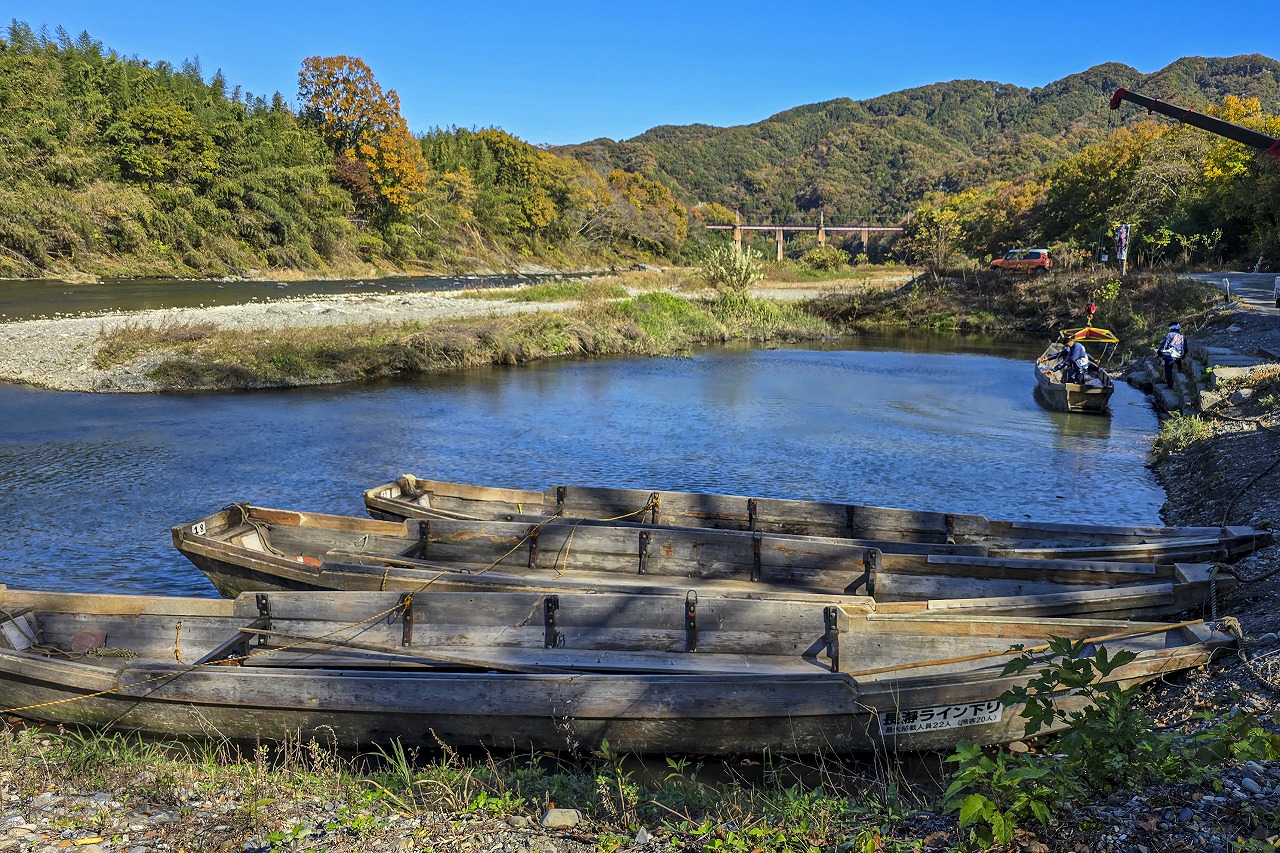
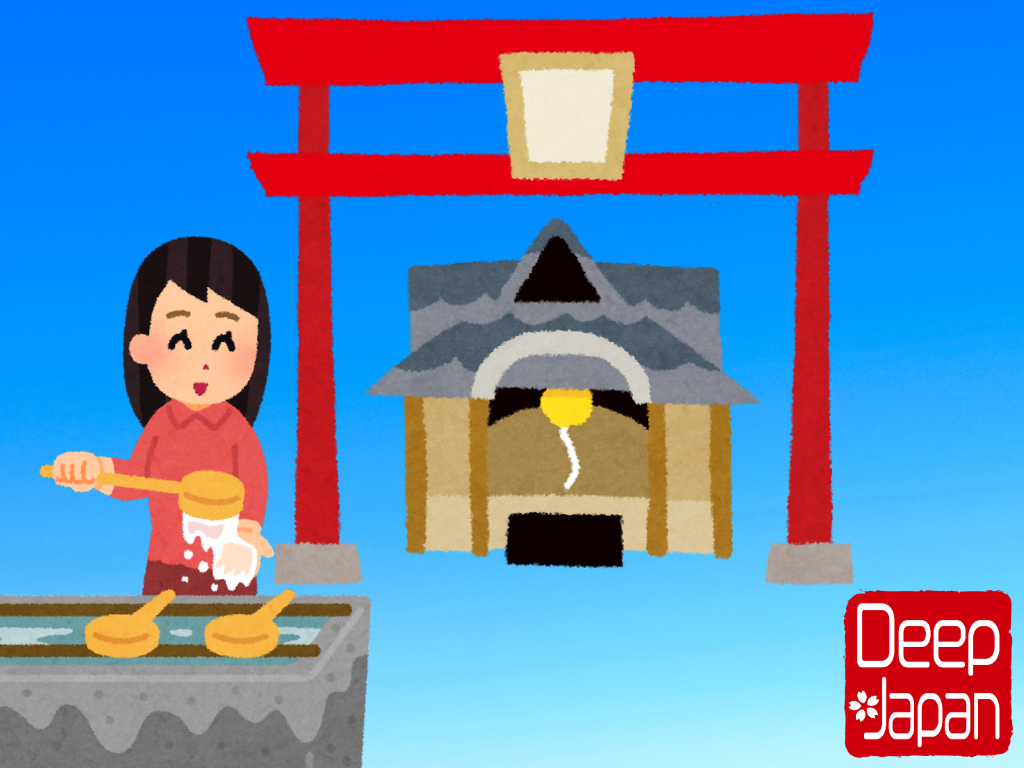
Shinto is an indigenous religion that has existed in Japan since before Buddhism. It is the animism that makes the sun and everything else an object of faith. Even today, in the 21st century, the Japanese still believe in it.
There are around 80,000 shrines in Japan. Each shrine has its own deity. There is also a god of love who attracts women from all over Japan.
This is not surprising, as Japanese weddings are often held in shrines.
The most famous love god is located in Izumo-Taisha. This is located in Shimane Prefecture.
The deity is called Okuninushi-no-Mikoto. It is said that he is the god who created Japan. There is also a myth that he was kind and saved a wounded rabbit. In the myth, he is married to a beautiful princess named Hagamihime.
Amulets for finding a partner are very popular with women. Women believe that if they carry this small amulet in their pocket, they will have a great love life.
Of course, there are also popular shrines for women in Tokyo.
Tokyo-Daijingu is the Tokyo branch of Ise Jingu, the most venerable shrine in Japan.
The deity of the Ise shrine is the sun god, but he doesn’t have much to do with love.
This shrine was the site of the first Shinto wedding ceremony in Japan. For this reason, the shrine has become famous as a shrine of love.
Many women visit this shrine to pray for their own love fulfillment and marriage.
It is also famous for its omikuji, which also revolve around love and are very popular with women.
You can find more information about omikuji at the following URL, where they have been introduced before.
Let’s try Omikuji. How is my luck?
Especially on weekends, if you are lucky, you can see a wedding.
The bride and groom look fantastic in their traditional dresses.
Japanese women’s magazines often feature shrines where gods of love dwell.
There are many such shrines throughout Japan, so this information can be useful when planning a trip.
Of course, couples and families also travel together, although Japanese people often travel with friends of the same sex. Solo travel is also not uncommon.
It can be a good travel idea to visit a shrine with such a god of love, especially for women traveling together.
My small travel agency can also introduce you to this type of shrine.
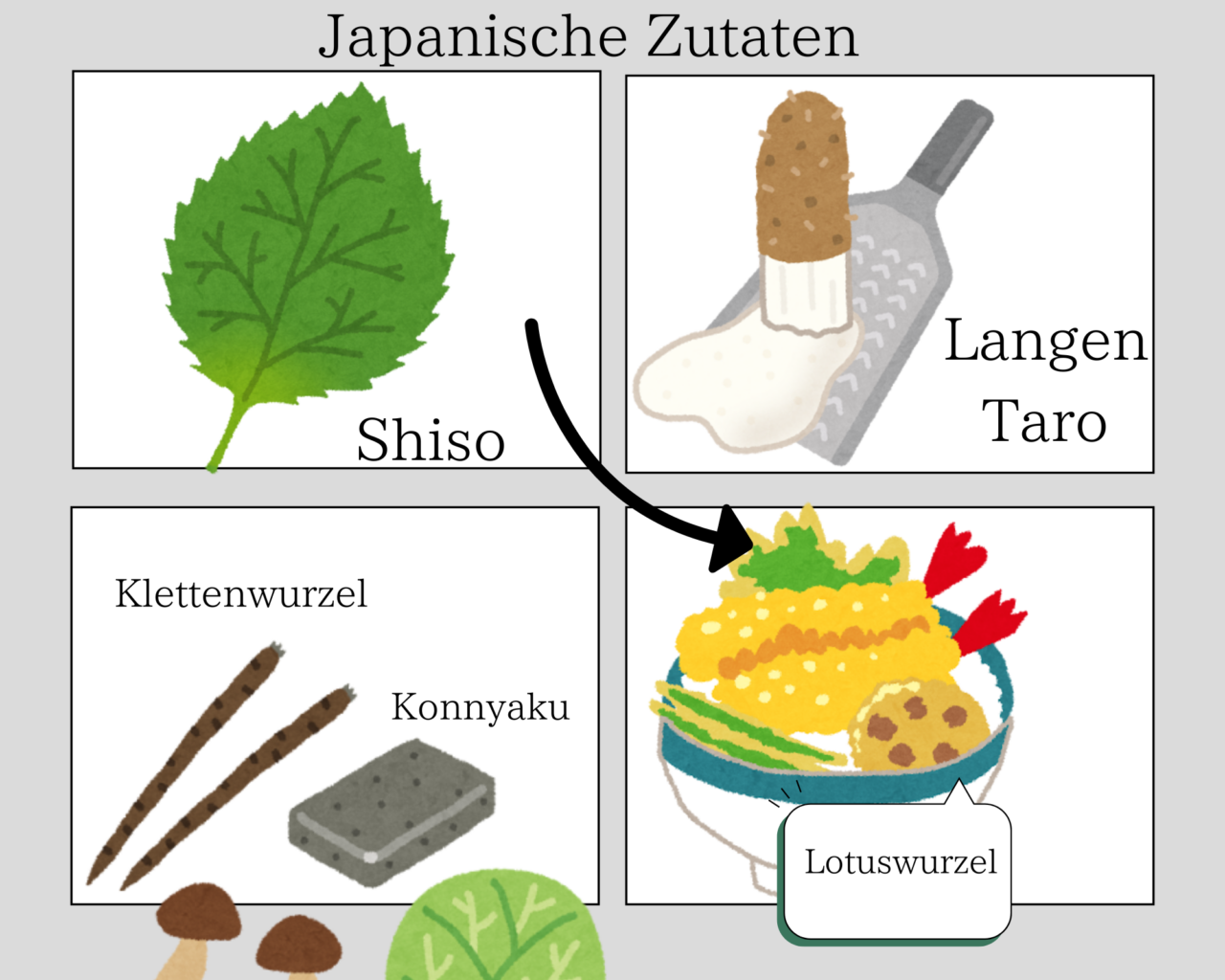
Occasionally I have the opportunity to eat with some of my clients. Japanese cuisine often uses ingredients that are only native to Japan, and I am often asked for information about them. To be precise, they are not only found in Japan, but also in other Asian countries.
For example, bamboo shoots. Bamboo shoots are young bamboo plants that can be eaten in spring. Wild vegetables are also among the foods eaten in spring. Europeans often cook mushrooms in the fall, which evokes a similar sensation. The Japanese feel spring when they eat wild vegetables. Of course, the Japanese also love mushrooms.
Not forgetting the Japanese herbs.
Shiso is an herb leaf that is often served with sashimi. It has antioxidant properties, contains vitamins and minerals, is healthy and never decorative.
Mitsuba is another herb that the Japanese love. It is often found in miso soup or chawanmushi (steamed egg with broth).
The Japanese also eat a lot of root vegetables.
The lotus root is the underground stem of the lotus plant. We often eat it as tempura or as a cooked dish. Sometimes it is also added to Japanese curry. It contains vitamin C and is a very healthy vegetable.
Burdock root is also commonly eaten in Japan. It is often cooked with carrots and seasoned with soy sauce and sugar. Sometimes it is also cooked and made into salads.
It is rich in fiber, which is also healthy.
Speaking of burdock, there is an anecdote about an Australian soldier who was taken prisoner during the Pacific War and complained of mistreatment.
Japanese soldiers complained that burdock roots were added to the meals to feed the prisoners, while the prisoners, who were unaware of this, were fed tree roots.
There are also some interesting potato varieties in Japan.
First of all, I would like to mention konnyaku. This is a food made from a type of taro tuber. It is rubbery and soft and has no calories per se. The Japanese often eat it as a stew, but it is also popular when made into a sweet jelly. As it has no calories, it is a very popular food, especially when dieting.
The Japanese also love long taro. It can be chopped up and mixed into okonomiyaki (“Japanese-style pizza”) or made into a sauce with stock and served over rice.
Japanese cuisine is becoming more and more popular all over the world, but there are still many foods that are not so well known. Ramen and sushi are of course delicious, but you should also try other dishes.

My small travel agency also offers a concierge service and receives a lot of requests.
I can’t talk about the specific wishes of my clients, but I am happy to advise them on their purchases in Japan.
Some tourists come to Japan without inquiring beforehand because they think that in Japan you have easy access to everything you want For most things it’s not a problem, but it becomes more difficult when you want to buy something specific.
The time you will spend in Japan is limited. It is better to inform yourself in advance.
Special care should be taken if you want to buy antiques or works of art.
This is because some goods require documents issued by the Japanese government and are subject to customs inspection when leaving Japan.
Naturally, the documentation process takes time.
You also need to be careful with electrical appliances.
Electricity voltage may differ between Japan and other countries. Please note that in such cases, electrical appliances purchased in Japan cannot be used at home.
Some large electrical stores carry appliances that can be used worldwide. Ask the shopkeeper before you buy.
Tax-free shopping is not possible everywhere. Most small stores do not offer it. The current system in Japan is that the stores take care of the VAT refund. Customers pay the tax-exempt amount. No tax refund procedure is required for airport customs.
However, the system is currently being revised to allow travelers to make the VAT refund themselves at the airport. The exact date of the change is not yet known.
My small travel agency will be happy to assist you with your purchases.
Travel Concierge
Oct82024
On your next trip, why not try an Ekiben: a special lunch box that you can buy at the station.
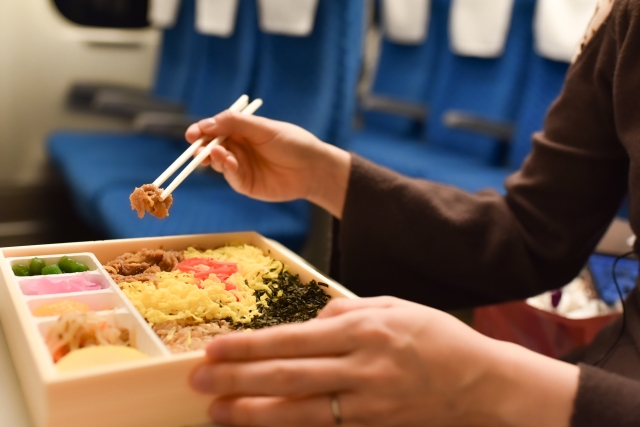
It is considered impolite to eat or drink on trains or the subway, which you normally use to get to work or school.
But not so on trains that travel long distances.
Some trains also have small tables and cup holders that can be used for meals.
The Japanese look forward to eating on these trains.
There used to be dining cars on Shinkansen trains, but unfortunately not anymore.
But the Japanese have not given up eating on long-distance trains. Because eating with a view is much more pleasant.
In the large stations where Shinkansen trains arrive and depart, there are usually ekiben stores. Here, many people ask which lunch box they should buy. It’s always a lot of fun.
The railroad magazine can also publish articles evaluating the popularity of the various ekiben.
The ranking of the Ekiben at Tokyo Station is as follows.
No. 1 Gyuniku domannaka
This is a beef bowl-style bento with ground beef and beef stew seasoned with a special sauce on a bed of Yamagata rice.
No.2 Chicken Bento
Introduced in 1964. It is a combination of fried chicken and tomato flavored rice. The former emperor (Akihito) is a big fan of this bento.
No. 3 Sumibi-yakifu Gyutan Bento
A specialty from Sendai – grilled beef tongue – on a bed of rice. It is served with salt obtained by boiling clean seawater and seaweed off the coast of Shiogama, Miyagi Prefecture.
When you buy a bento, pay attention to how you hold the box. You should always keep it flat. Otherwise the beautiful presentation will be ruined.
The drinks can be Japanese tea or beer. These are also sold in bento stores.
Unfortunately, vegan and vegetarian ekiben are hard to find. This is due to the Japanese way of thinking. The Japanese believe that not only animals but also plants have life. For this reason, they are taught from childhood to be grateful for any food.
If there is food that is taboo for you, it is better to stock up beforehand at a specialty store and take the food with you on the long-distance train.
Ekiben are a part of Japanese culture. It is a Japanese food culture that has been around since 1885.
I want everyone to get to know Japanese culture and try good Japanese food.
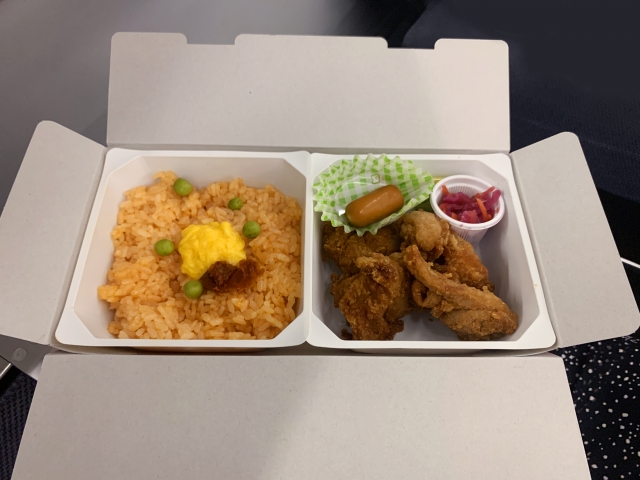
↑ No.2 Chicken Bento

↑ No. 1 Gyuniku domannaka
Sep22024
Are you afraid of earthquakes in Japan? With the right knowledge, you have less to worry about.
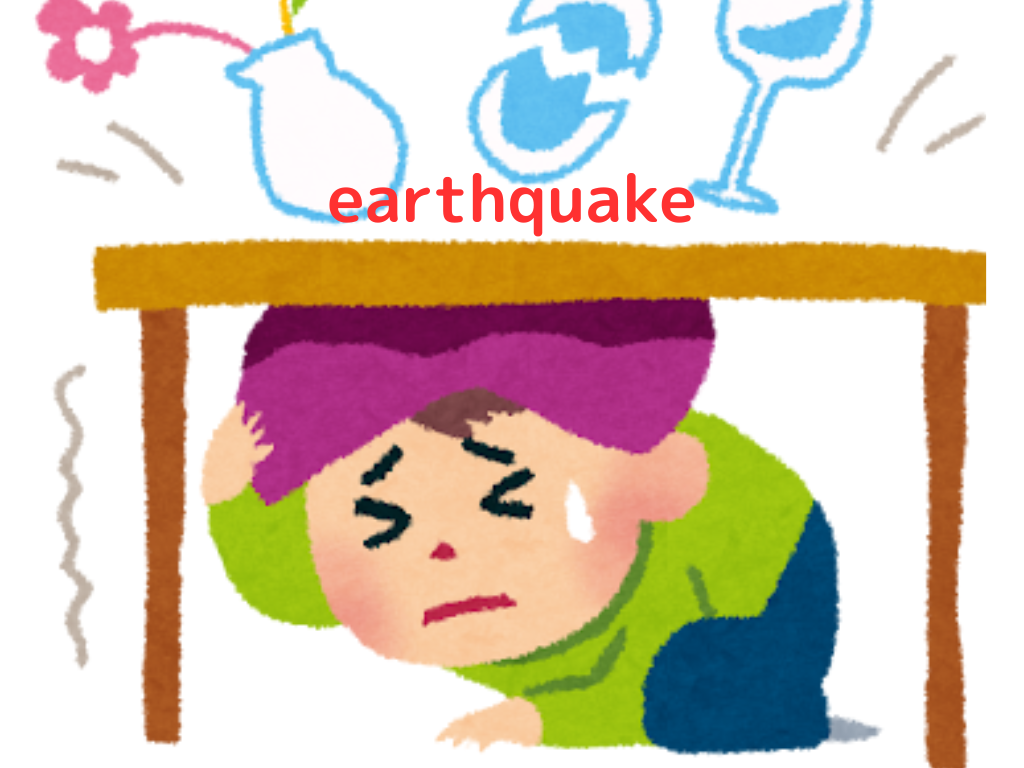
Nankai Trench earthquakes are earthquakes caused by the impact of the land plate (Eurasian plate) on the oceanic plate (Philippine Sea plate) under the Pacific side of Japan.
According to the government, a major earthquake in the Kyushu region has increased the likelihood of such an earthquake. This is because the plates under the sea are connected to each other.
Nankai Trench earthquakes generally occur at intervals of 100 to 150 years, and as more than 70 years have passed since the last Nankai Trench earthquakes (1944 and 1946), the next earthquake is becoming increasingly likely.
All Japanese people know about earthquakes, and earthquake drills are held regularly in schools. Everyone is trained not to panic in the event of an earthquake.
When an earthquake occurs, the first thing to do is to protect yourself. That is the most important principle.
There is a unique Japanese indicator for the degree of intensity of earthquake tremors, which we call SHINDO (seismic intensity). The Japanese judge earthquakes by this SHINDO value.they are numbered according to the magnitude of the earthquake. Explanations can be found below.
SHINDO 1 : Some people who are indoors will feel the vibrations slightly.
SHINDO 2 : Most people who are indoors will feel the vibrations. Some of the sleeping people will wake up.
SHINDO 3 : Most people indoors will feel the tremors.
Some people who are on foot will feel the tremors. Most people who are sleeping will wake up.
SHINDO 4: Most people will be frightened. Most people who are walking will feel the shaking. Most people who are asleep will wake up.
SHINDO 5-Weak : Most people are afraid and want to hold on to things.
SHINDO 5-Strong : Most people find it difficult to walk without holding on to things and have other difficulties with activities.
SHINDO 6 -Weak : Difficulty standing.
SHINDO 6-Strong and SHINDO 7: They cannot stand or move around unless they are crawling on the floor. Sometimes they are unable to move and are lifted into the air by the shocks.
The Japanese will behave as usual until SHINDO3.
At SHINDO 4, the Japanese are worried about the earthquake.
SHINDO 5 and higher cause problems, e.g. trains stop. Near the coast, people flee to higher ground because of the tsunami danger.
If you are in a hotel, the hotel staff will advise you; if you are on a train, the train staff will direct people. If you are in the city, a Japanese person nearby will probably speak to you. But they will only speak Japanese. Many Japanese people do not speak English. It would be good to learn some basic Japanese vocabulary in case of emergency. I doubt anyone would resort to a translation app in a hurry.
In the event of a severe earthquake, electricity, gas and water supplies are interrupted. Cell phones are also no longer functional. If the power goes out, ATMs and credit cards cannot be used. You should always carry some cash in Japanese yen with you. You should also have a drink and something to eat such as chocolate or cookies in your bag. If you have no other options, you will have something to drink or eat.
For about 2000 years, the Japanese have lived in Japan with earthquakes and typhoons.
I want you to enjoy Japan, but I also want you to have some reverence for nature.
My small travel agency can also offer simple Japanese courses before the trip via ZOOM or Skype.
In addition, the concierge service provides advice in emergencies.

A customer of mine who had traveled to Japan asked me why the Japanese don’t speak English.
He probably thinks the Japanese are a superior people with a high-quality education.
I am very flattered by this misunderstanding. But unfortunately his perception and the reality are different.
It is estimated that only around 10% of Japanese people speak English.
In larger cities such as Tokyo and Osaka, the proportion is much higher, but in rural areas, English-speaking Japanese are very rare.
While some people can communicate with a translation app, others refuse to do so.
Japanese learn English in junior and senior high school.
Some children go to an English tutoring school when they are in elementary school.
However, many Japanese do not speak English.
So my client asked me why the Japanese don’t speak English.
Japanese people only speak Japanese on a daily basis and therefore do not feel obliged .
There is no situation where a foreign language has to be spoken.
I think that’s the reason why the Japanese don’t speak English.
If there were books that could only be read in English and movies that could only be watched in English, the Japanese would speak English better.
But conveniently, various things of interest to Japanese people have been translated into Japanese.
This may be inconvenient for foreign travelers.
Even in hospitals, English is often not spoken.
Doctors read medical articles in English. They understand English, but many cannot communicate well in English.
It is therefore advisable to check whether interpreting services are included in the travel insurance.
It is advisable to learn basic Japanese before entering Japan.
In particular, it is useful to learn the Japanese words you will need in an emergency.
Japan is a country prone to natural disasters. Initial information will naturally be provided in Japanese.
Obtaining information in English takes more time.
Many Japanese do not speak English, so it depends on luck whether someone can translate for you.
My small travel agency can also offer simple Japanese courses before the trip via ZOOM or Skype.
In addition, the concierge service provides advice in emergencies.

One of my hobbies is visiting museums. When I travel abroad, I always visit the museums in the cities there.
It is very satisfying for me to see real paintings and sculptures that can only be seen there.
Maybe many of you have the same interest as me, so I would like to give you some tips about the museums in Tokyo.
There are a lot of information sources available about the National Museum in Ueno and other famous big museums.
Therefore, I would like to introduce some smaller museums in Tokyo. There may be little information about them.
〇Matsuoka Museum of Art
https://www.matsuoka-museum.jp/english/
This is a small museum that focuses its exhibitions on the collections of Japanese industrialists. I particularly like the collection of Buddhist statues.
〇Tokyo Metropolitan Teien Art Museum
https://www.teien-art-museum.ne.jp/en/
The museum was once built as the private residence of the imperial Asakamiya family.
Today it is managed by the Tokyo Metropolitan Government, including the beautiful Japanese garden.
There is a very nice restaurant at the entrance to the museum, which is also recommended.
〇Seikado Bunko Art Museum
https://www.seikado.or.jp/english/
The museum was founded by the former presidents of the famous Japanese corporation Mitsubishi.
The museum used to be located in a suburb of Tokyo, but has recently moved to a new location near Tokyo Station.
Here you will find national treasures. The collection is impressive, not only from Japan but from all over the East.
〇Mitsui Memorial Museum
https://www.mitsui-museum.jp/english/english.html
The Mitsui Group is another well-known Japanese corporate group. This museum has a collection that was acquired by the Mitsui family.
If you are interested in Japanese art, you will love it.
〇Sumida Hokusai Museum
https://hokusai-museum.jp/?lang=en
If you are interested in Ukiyo-e, this museum is for you.
Visitors can view the works of the great ukiyo-e artist Hokusai.
The building, which is the work of Kazuyo Sejima, is modern and unique.
There are also other small museums in Tokyo. Our concierge service can give you recommendations depending on your preferences. In addition, it is also possible to find out about exhibitions.
https://kaguyareisebuero.com/concierge/

I received a happy message from my client.
Thank you!
These clients are very interested in Japanese art.
I am very happy that they enjoyed both new and old Japanese culture.
The nice photos were taken by the customer.
・・・・・
Wir sind zurück von unserer wunderbaren Japanreise, erfüllt von vielen Eindrücken und Erlebnissen. Alles hat super geklappt: das haben wir auch Ihnen zu verdanken!
Das staatliche Gästehaus in Kyoto war ein sehr wertvoller Tipp von Ihnen: wir haben so gestaunt ob all den Handwerkskünsten und Perfektion der Gestaltung. Die Teezeremonie war ebenso ein sehr schönes und beeindruckendes Erlebnis.
Auch mit dem Mieten des Autos gab es keinerlei Probleme und wir durften Fujisan bei strahlendem Wetter erleben! Naoshima war dann eines unserer Highlights und es war toll, die verschiedenen Museen und Kunstwerke mit dem Fahrrad zu erleben.
Ich danke Ihnen von Herzen für alles, was Sie für mich und uns getan haben. Es war eine Reise, die uns unvergessliche Erinnerungen beschert hat.
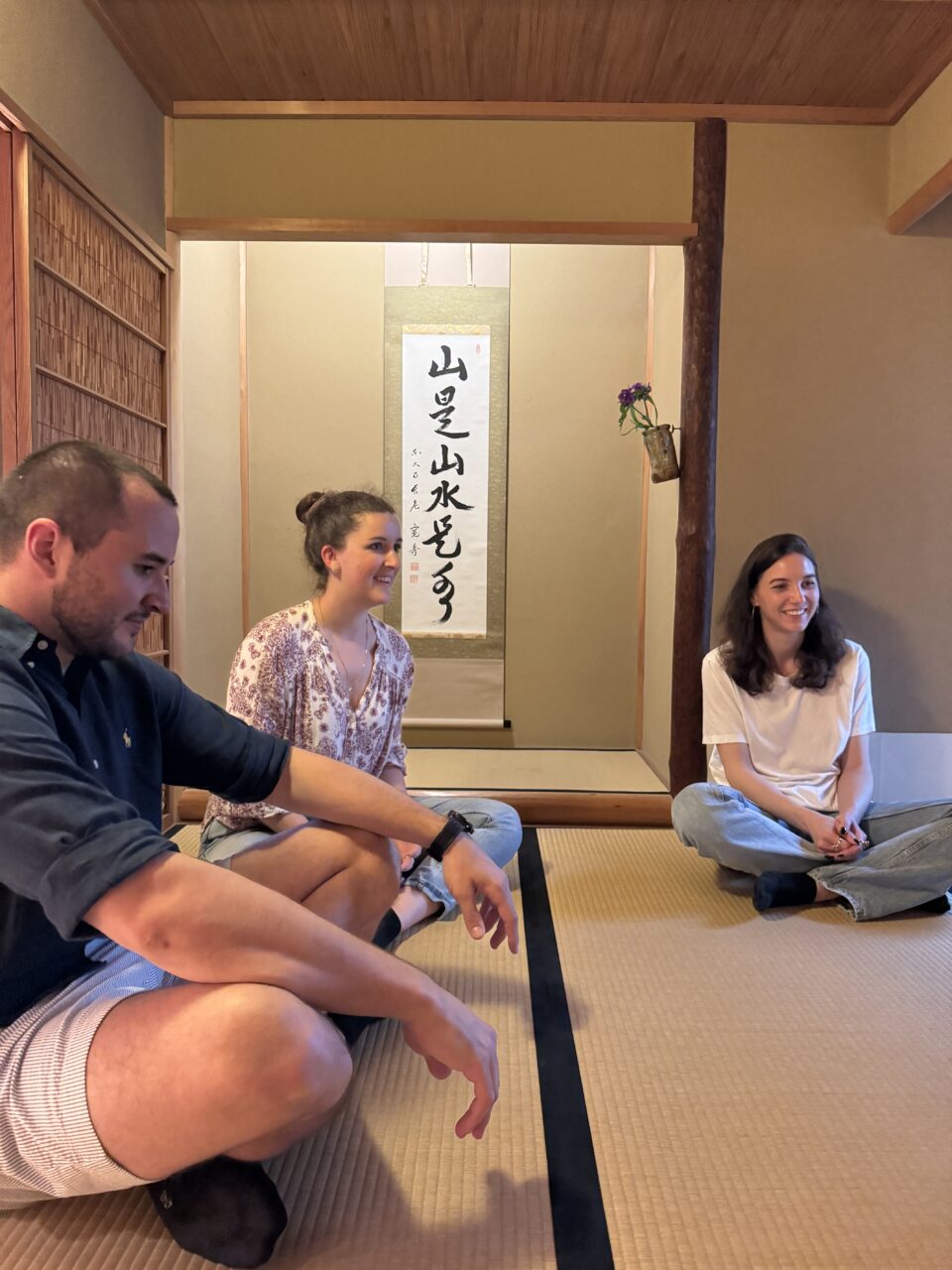
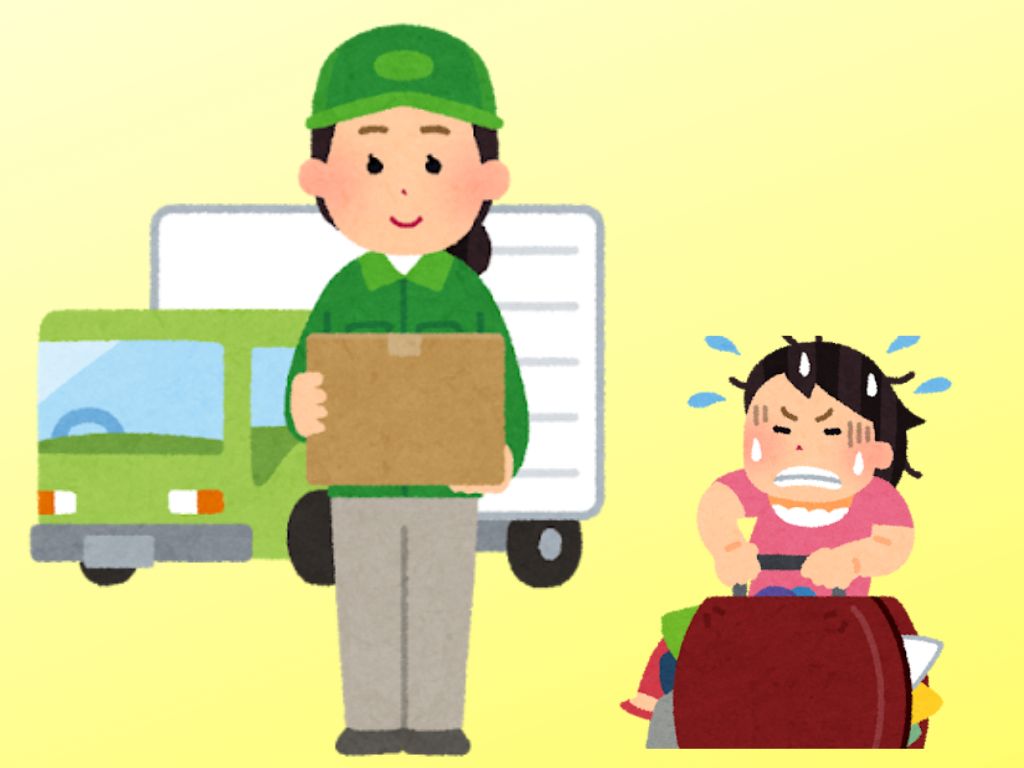
Have you ever heard of the Ghibli animated film “Kiki’s Little Delivery Service”?
It is the story of a cute little witch, Kiki, who is trained to become a big witch by working for a delivery service.
This delivery service is called “Takkyubin” in Japan.
“Takkyubin” is a registered brand name of Yamato Transport, a well-known Japanese shipping company, and Ghibli received permission from this company to use the name.
Yamato Transport not only allowed this, but also supported this wonderful animated film as a sponsor.
Yamato Transport’s trademark is a black cat. It is also a black cat that Kiki is traveling with, which is a nice coincidence.
Yamato Transport is the best-known delivery service in Japan, but there are also others.
Parcels can be sent from convenience stores and other Takkyubin counters.
If you send a parcel from Tokyo to Osaka, for example, it usually arrives the next day.
However, due to a shortage of drivers, this has become more difficult. Nevertheless, parcels can still be delivered the next day.
However, it can take longer on Hokkaido, Okinawa and remote islands.
Travelers can also use Takkyubin.
Not every hotel offers them, but you can often use a takkyubin from reception. Of course, they also take care of travelers’ luggage.
It is also possible to pick up a package or suitcase at the hotel using Takkyubin. The hotel employee then collects the luggage on behalf of the customer.
However, you must contact the hotel in advance to send and receive your luggage.
To avoid the risk of terrorist attacks, unannounced checked baggage may be returned.
In addition, the guest list is checked, so luggage checked in under the wrong name may not be accepted.
Therefore, please ask the hotel receptionist to contact the recipient.
Unfortunately, there is no reception desk in private apartments,
Takkubin is not available as there is no one to receive the luggage.
There is therefore a possibility that your valuable luggage will be lost.
If you use the Takkyubin service skillfully, you no longer have to carry luggage when traveling.
Below is the homepage of Yamato Transport for tourists.
Yamato Transportation
https://www.global-yamato.com/en/hands-free-travel/
My travel concierge service will be happy to answer any questions you may have about using Takkyubin.
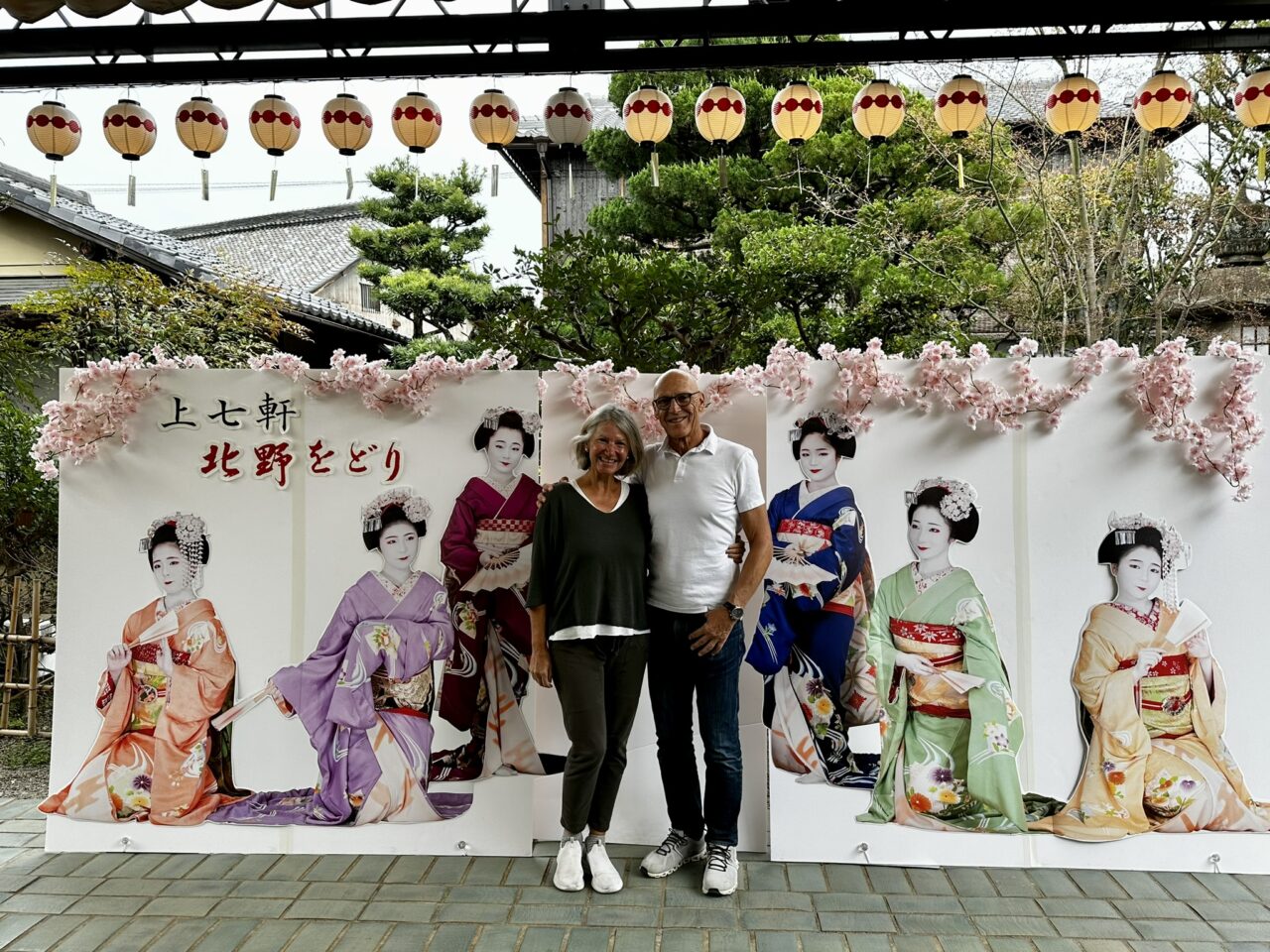
I received a happy message from my client.
Thank you!
The couple has traveled not only in Japan but also all over the world.
Mr Jan Knüsel, who appears in my client’s message, runs a Japan news website called Asian Spiegel.
Asian Spiegel
https://asienspiegel.ch/
There are very few golf courses in Japan where foreign visitors can play, but I am glad you enjoyed it.
Kyoto’s “Kita-no-odori” is a springtime event in which geiko and maiko dance wearing beautiful costumes.
I am very happy that they enjoyed the traditional Japanese performing arts to the fullest.
The nice photos were taken by the customer.
・・・・・
Wenn man in Japan ein Auto mieten will, benötigt man als Schweizer Bürger/in nebst einem internationalen Führerausweis eine japanische Übersetzung desselben. Auf Empfehlung des Japanspezialisten, Jan Knüsel, gelangten wir im Vorfeld unserer Reise an Frau Mariko Sugie. Sie hat uns die japanische Übersetzung innert kürzester Zeit organisiert, bzw. das Original an unsere Heimadresse in die Schweiz geschickt.
Im Vorfeld hat sie uns zudem Tickets für die Kitano Odori Vorführung in Kyoto beschafft, die wir selbst nicht bestellen konnten, und uns in unser Hotel in Tokyo gebracht. Auch hat sie für uns einige Abklärungen betreffend Hotels und Golfresorts gemacht.
Unsere Anliegen hat sie immer sehr schnell und kompetent abgewickelt, wofür wir ihr sehr dankbar sind. Bei weiteren Japan-Reisen werden wir ihre Dienstleistungen gerne wieder in Anspruch nehmen und können Sie daher anderen Japan-Reisenden bestens empfehlen.
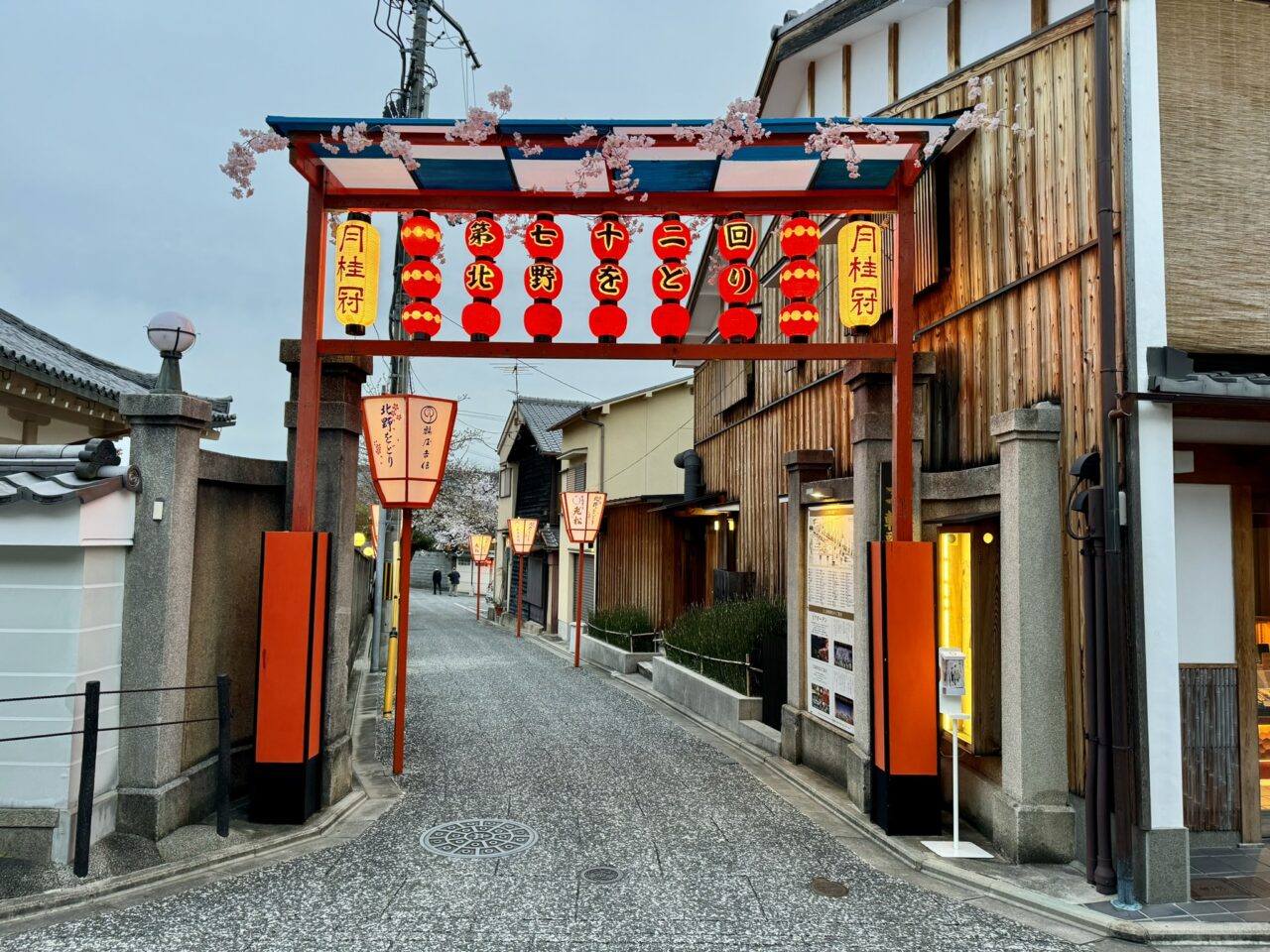
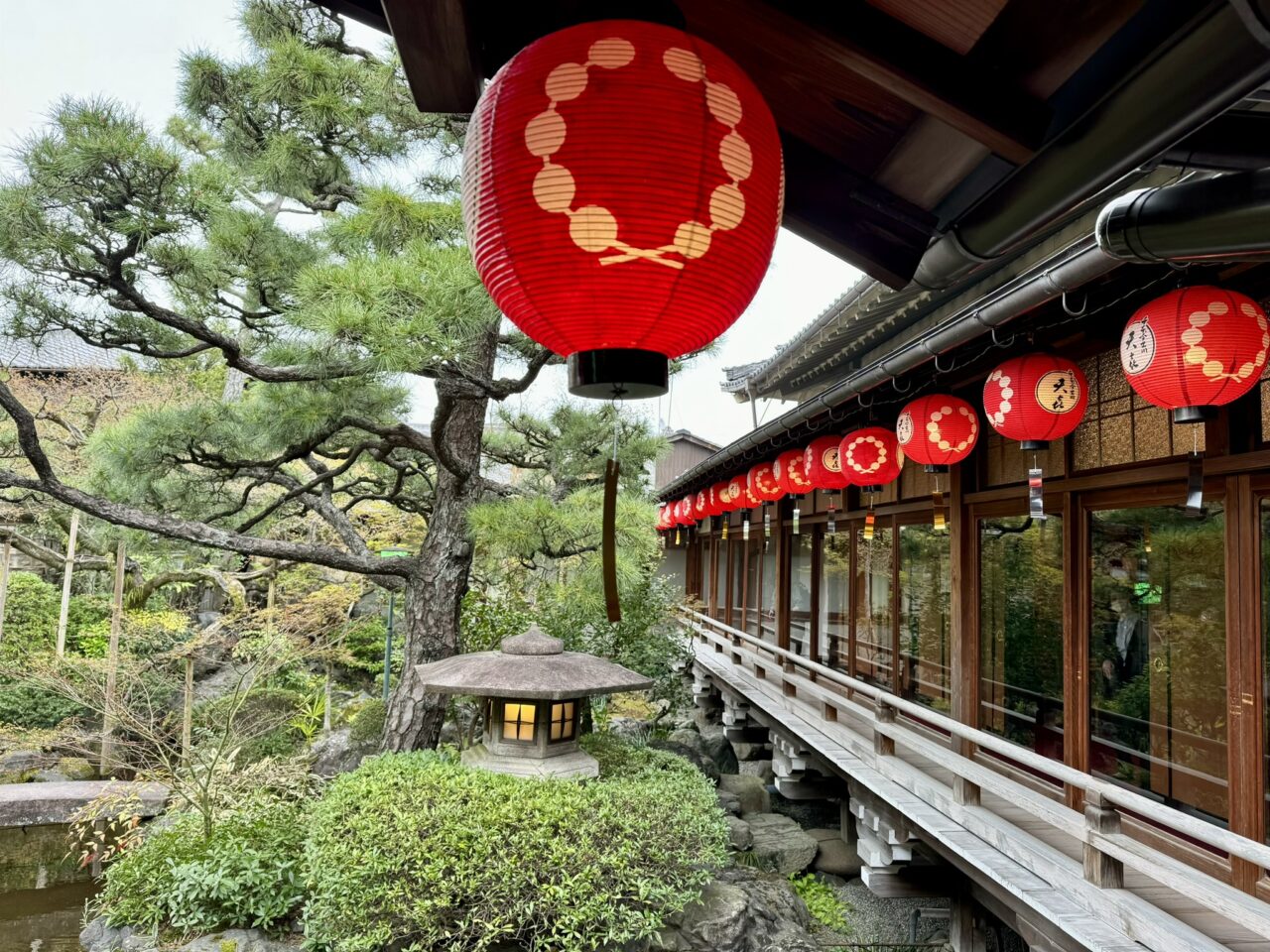
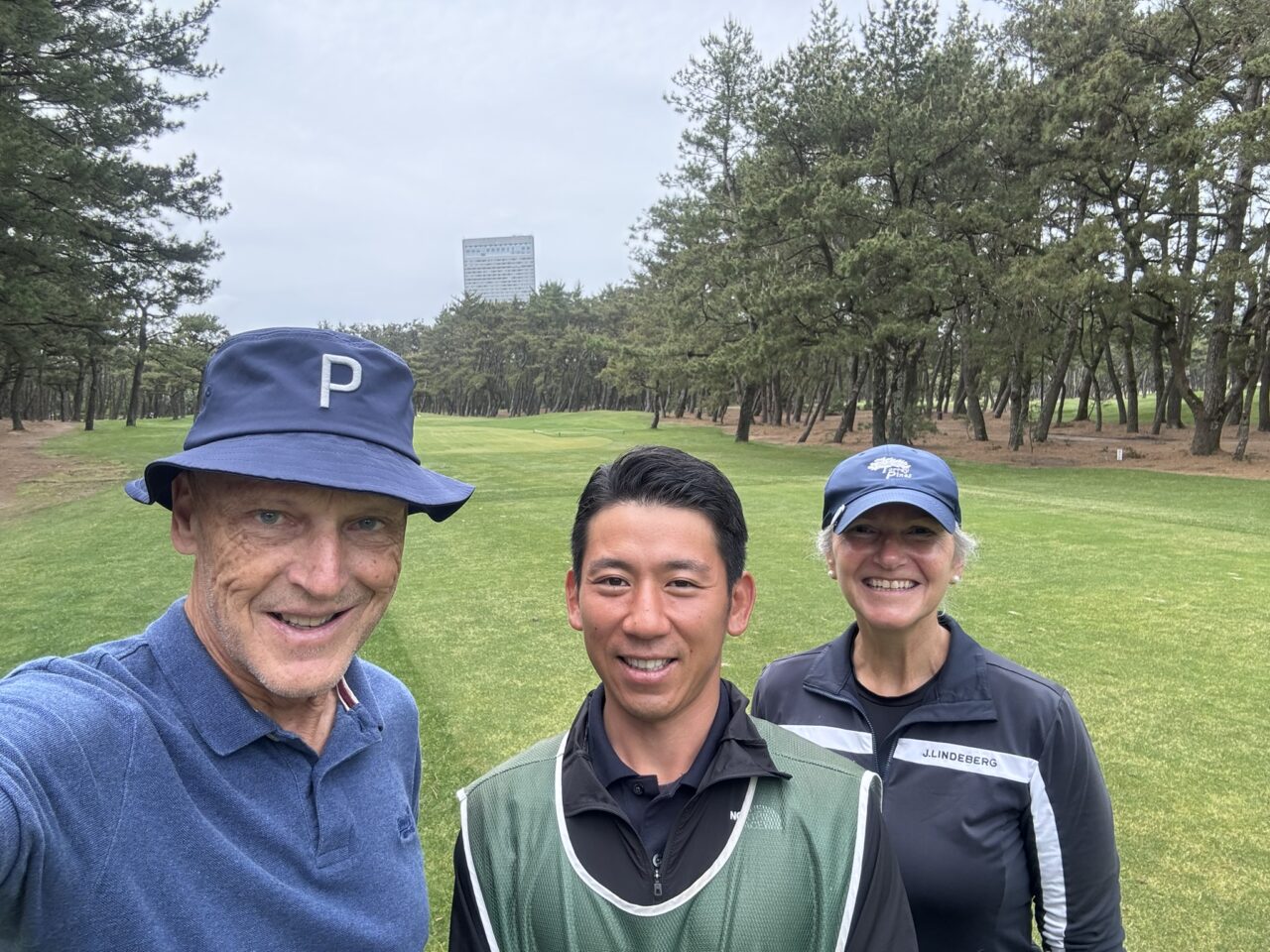
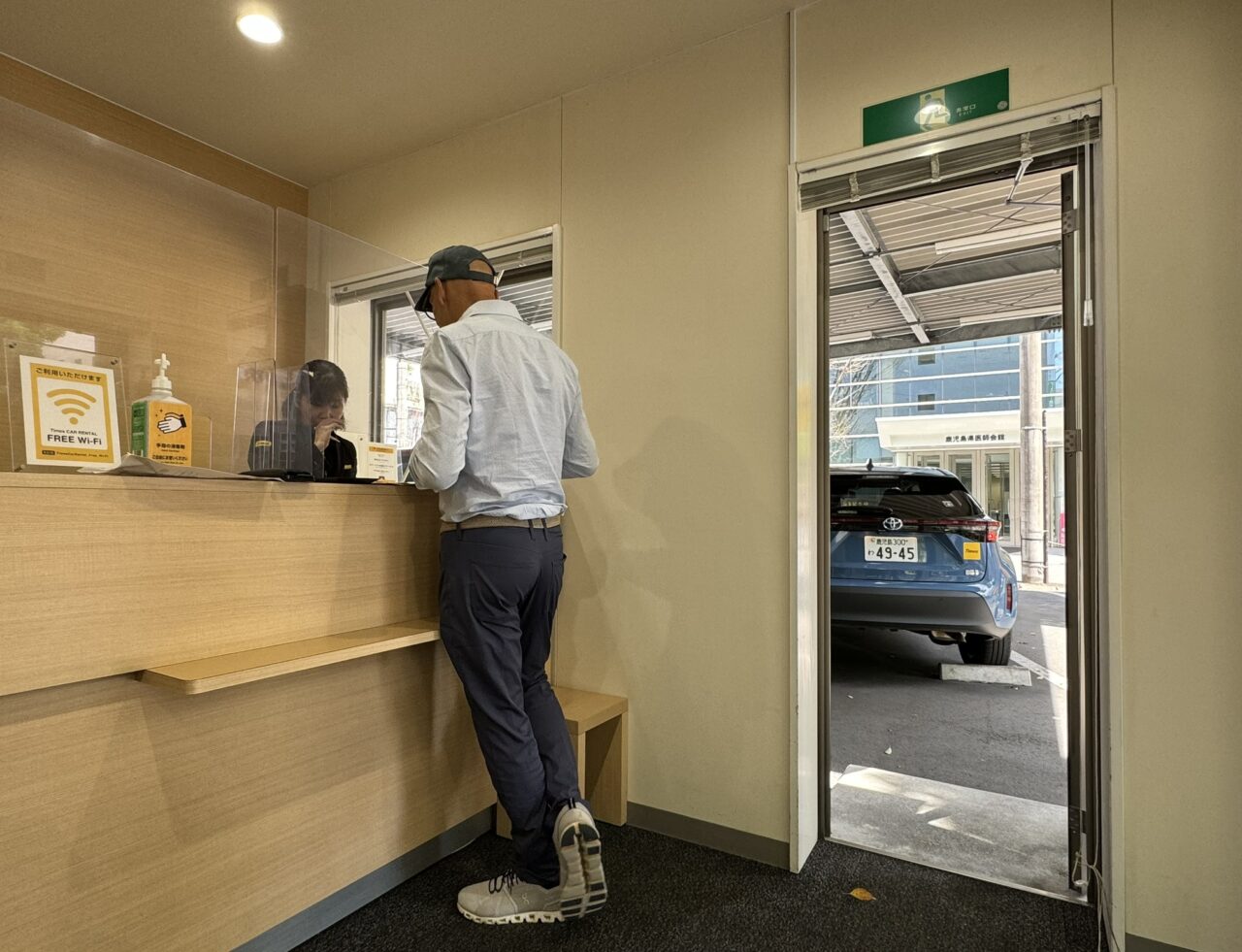
Feb152024
Information about the earthquake in Ishikawa Prefecture and what I would like to tell you about it
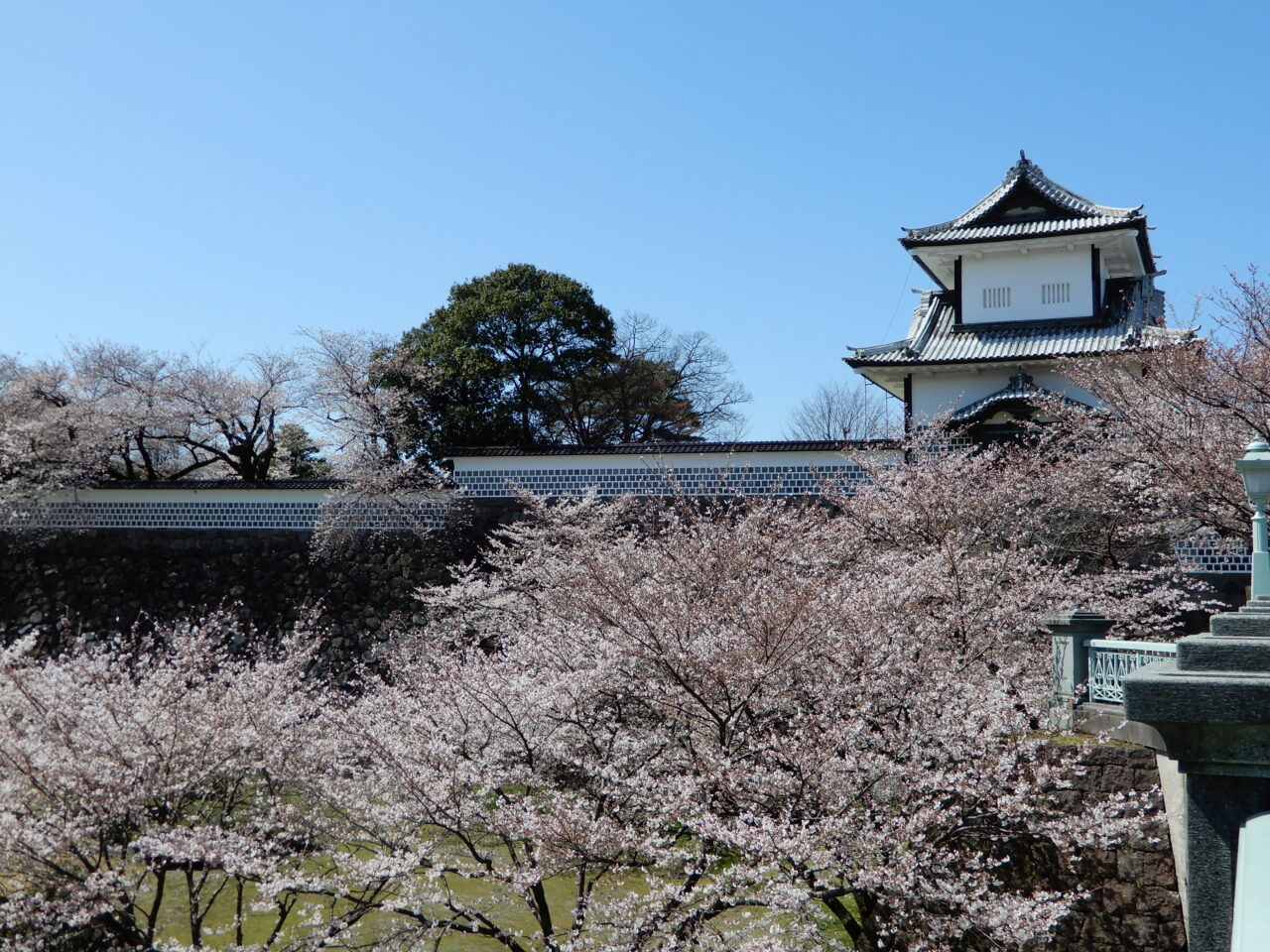
On January 1, 2024 at 16:10, a severe earthquake occurred on the Noto Peninsula in Ishikawa Prefecture.
The town of Wajima, famous for its morning market, was badly damaged.
It was New Year’s Day and many young people were returning home. So they fled with their elderly parents on their backs.
Sadly, some people died under the old houses.
Also affected is Kagaya in Wakura Onsen, a very famous ryokan in Japan. Unfortunately, this ryokan was also damaged by the earthquake and will remain closed in January.
Kagaya was a favorite place of former Taiwanese President Lee Teng-hui. That is why he invited a branch of Kagaya to Taiwan. Of course, we, the employees of the Japanese travel industry, also have great confidence in this ryokan.
After a severe earthquake, the guests of the ryokan were brought to safety by the staff. All the guests thank them.
The choice of hotel in Japan is very important as it can sometimes be a matter of life and death.
There is now a wide choice of accommodation in Japan. Rental apartments without a reception are generally nice, but there are no staff to help you in an emergency.
Many of the houses that collapsed were older buildings. Before staying in a hotel that has been converted from an old private house, you should be aware of the safety.
The Japanese are a supportive people, but in an emergency situation they are primarily concerned with themselves and their families.
It should also be noted that the first messages are only in Japanese. Some information is available in English, but only after the Japanese news is published.
I have no intention of scaring you. Japan is a country with many natural disasters, and the Japanese people have been living with them for centuries. Natural disasters such as earthquakes and typhoons can occur anywhere in Japan.
The Japanese live with nature and accept it. The earthquake in Ishikawa Prefecture changed the topography of Wajima. Now the Japanese are in mourning. But a new city is being built there. But a new city will be built there in the future.
Not all Ishikawa prefectures are inhospitable for travelers. Traveling is still not possible in northern Ishikawa prefecture, but it is not a problem in the south.
〇My information box also contains information that cannot be made available to the public.
https://portal.kaguyareisebuero.com/
〇If you need travel advice, please use my concierge service.
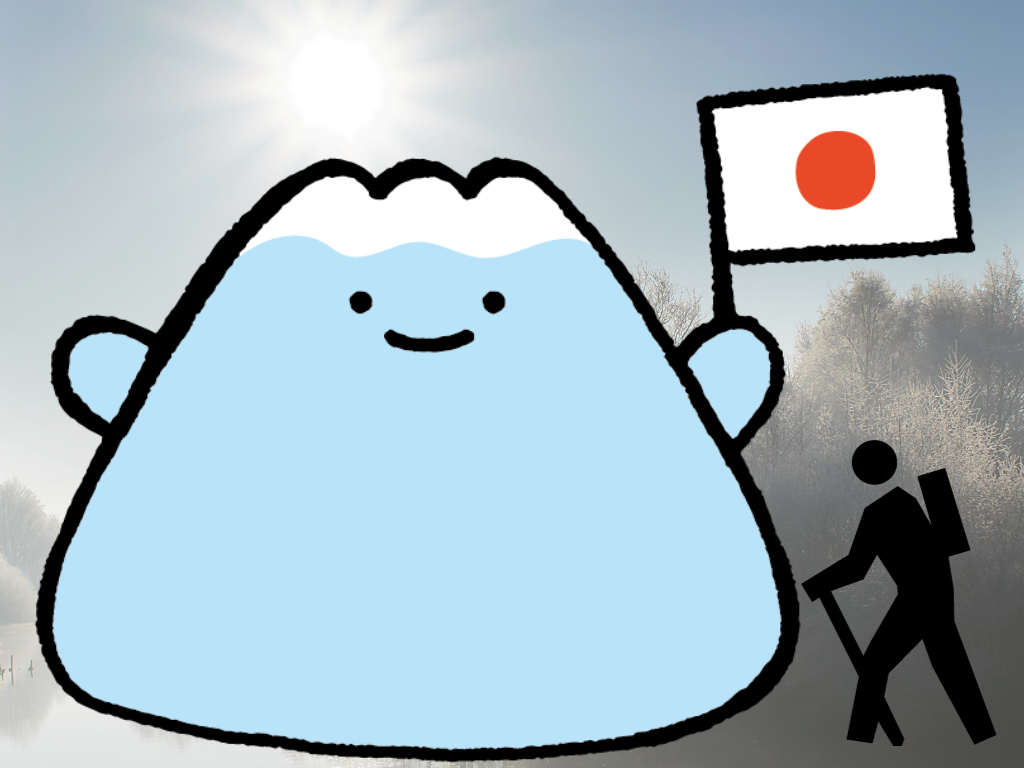
From next year, the way to climb Mount Fuji will change drastically.
Yamanashi Prefecture will restrict access to the Yoshida-guchi trail on Mount Fuji next summer,
by erecting a barrier near the fifth station, which will be closed from 4 p.m. to 2 a.m., to prevent climbers from climbing stages overnight.
The barrier will also be closed if the number of climbers exceeds 4,000 in one day. A toll will also be charged.
Below is the message about it. It is in Japanese, so please translate it using Google or other means.
https://www.yomiuri.co.jp/national/20231220-OYT1T50204/
Many uncivilized mountaineers have become a big problem recently.
Hasty ascents of Mount Fuji, campfires and camping on trails where it is actually forbidden, etc.
Some even walked over the ropes that block access to the other side. The scene was broadcast on a news program, and the foreigners who crossed the access ban drew the ire of the Japanese people.
He said it was at his own risk, which further angered the Japanese.
This is what the Japanese hate the most. Everyone lives with the help of someone else.
If this disrespectful foreigner actually got lost, the Japanese police would be looking for him and his country’s embassy would have a lot to do.
Ken Noguchi is a Japanese mountaineer and environmental activist.
He has worked on various mountain restoration projects around the world, including Mount Everest, Mount Fuji and Manaslu.
He and other Japanese who love the mountains asked Yamanashi Prefecture to protect Mt. Fuji.
Think also of the Japanese religions.
Mt. Fuji has long been an object of faith for the Japanese, a mountain where gods dwell.
The Japanese are angry about the desecration of their sacred mountain.
The detailed rules for climbing Mt. Fuji next year will be discussed at the council meeting in mid-February.
My small travel agency will provide this information.
Please use our concierge service or our information box.
Information box
https://portal.kaguyareisebuero.com/

I received a happy message from one of my client.
Thank you!
These guests were very interested in Shinto and wanted to pay an official visit to the shrine.
So I took them to Nitta Shrine in the south of Tokyo.
This shrine was founded in the 14th century and is still held in high esteem by the locals.
The priest is an official of the Shinto shrine authority and used to be a university professor.
He answered my customers’ questions with precision.
After the prayer, customers received souvenirs such as o-fuda (wooden prayer cards that resemble icons).
The nice photos were taken by the customer.
・・・・・
Letzte Woche sind wir wieder in die Schweiz zurückgekehrt. Etwas mehr als sieben Wochen durften wir Ihr wunderschönes Land entdecken.
Meiner Frau und mir ist es ein Anliegen, Ihnen noch einmal ganz herzlich zu danken für Ihre Hilfe bei der Übersetzung des Fahrzeugausweises und der Organisation des Besuches dieses wunderschönen Schreines und der sehr interessanten Begegnung mit dem Priester. Wir denken gerne und oft daran zurück und die überreichten Geschenke schmücken jetzt unsere Wohnung.

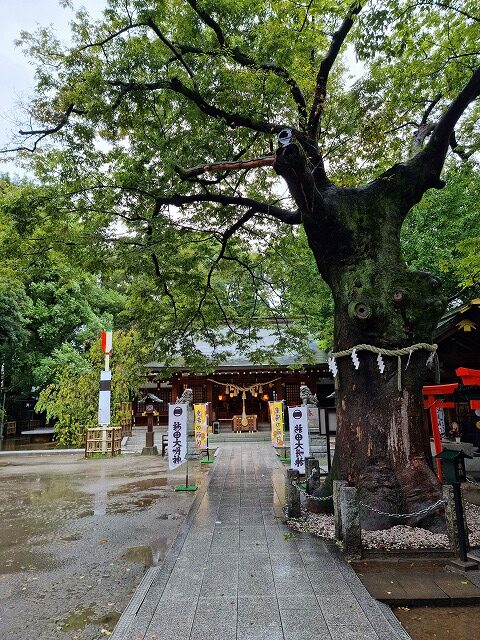


Sixty-seven percent of Japan’s land area is forested.
As a result, there are many wild animals.
The most dangerous wild animal is probably the bear.
According to a survey by the Ministry of the Environment, brown bears inhabit about 55% of Hokkaido, and black bears inhabit about 45% of Honshu.
In 2023, it is said that there are very few nuts for bears to feed on, and many bears have been sighted.
In search of food, bears are coming to areas where humans live.
Especially in the Hokkaido, Tohoku, and Hokuriku regions, there have been many reports of bear attacks.
Some people have been seriously injured or killed by bears.
Bears appear not only on well-maintained hiking trails, but also in private homes.
Bears are not only large but also physically strong animals.
It is said that bears can run at speeds of up to 50 kilometers per hour, making it impossible for humans to run away from them.
In addition to its sharp claws and fangs, the bear has the power to blow off a human’s jaw with a single blow.
Bears have a habit of targeting the face first, so in addition to contusions to the face, some people suffer horrific injuries that are hard to describe.
Doctors who have treated them say that the conditions are often horrific.
Hiking and climbing can feel great, but without adequate information it can be dangerous.
Furthermore, be careful when traveling in rural areas.
Be sure to get local information before you go.
What to do if you meet a bear
(There is a button to change the language in the upper right corner of the site.)
News video (in Japanese. Please set the subtitles to translate to view)

I’ve been a tech enthusiast for a long time. From the days of dial-up connections, I’ve been carrying around small computers all over the world. Do any of you remember a device called a “modem coupler”?
Nowadays, with the development of Wi-Fi, things have become incredibly convenient. Moreover, you can easily connect to the internet using just a smartphone, without the need for a computer. Thinking back to the days of struggling with dial-up connections, it feels like a dream.
By the way, what do you do when you travel abroad? Do you rely on each mobile carrier’s roaming services or swap out SIM cards to use your smartphone in foreign countries?
Recently, something called “eSIM” has emerged. While you still switch out SIM cards, it’s done online, and there’s no need to physically replace the tiny SIM card inside your smartphone. Everything is done on your smartphone. However, since it’s still a relatively new technology, eSIM-compatible devices are limited. Nevertheless, more and more devices are becoming compatible, so if you’ve recently upgraded your smartphone, why not check it out? Your next trip could be even more comfortable.
Here’s a link for more information about eSIM:
You can get a small discount through this link.
Also, before making a purchase, be sure to confirm that your smartphone is eSIM compatible.


As a small travel agency in Tokyo, we offer you special assistance to truly enjoy Japan. Our concierge service aims to make your trip to Japan an exceptional experience.
We guide you to Japan’s hidden treasures.
We take you to hidden and spectacular places, as well as local tourist attractions that have remained undiscovered by foreign tourists. We provide you with truly fascinating information that you won’t find in every guidebook.
Experience the local culture.
We offer you information on how to navigate local areas, attend local events, and enjoy festivals. We want to help you immerse yourself in traditional Japanese culture to create deeper travel memories.
Discover delicious food.
From restaurant recommendations to exquisite gourmet offerings from all over Japan, we assist you in selecting and reserving culinary experiences that match your taste and preferences.
Suggestions for comfortable accommodations.
We provide you with information about hotels and inns. By selecting accommodations that suit your style, we ensure your stay is comfortable. Many accommodations only accept bookings in Japanese, but we can also open up these options for you.
Adaptation to Japanese etiquette.
We provide you with information about Japanese manners and customs. Our goal is to support you in interacting with locals and ensuring you feel comfortable during your stay in Japan.
Emergency support.
We assist you in emergencies during your trip to and within Japan. We are always here for you, allowing you to enjoy your journey without worries.
Convenient travel itineraries.
We create efficient and fulfilling travel itineraries. Our aim is to propose a plan that optimizes your limited time and allows you to fully enjoy the charm of Japan.
Seamless travel with Japanese lessons.
We offer basic Japanese courses tailored for traveling in Japan, helping you communicate better.
We are here to provide you with an exceptional travel experience in Japan. We offer customized support tailored to your preferences and interests. Let’s create an unforgettable journey together.
Why are we establishing this concierge service?
We advise our customers on a variety of matters.
These are complex questions that a regular travel agency cannot answer.
Compared to the past, it has become much easier for customers to book hotels and flight tickets online by themselves.
Additionally, there is a community of travelers exchanging information.
Unfortunately, this has led many travel agencies to become mere booking agents.
This wouldn’t suffice for travelers who have many questions.
The role of a travel agency is to professionally address customers’ desires.
Our concierge service is what a travel agency should be.
Our task is to ensure our customers have a safe and enjoyable journey.
Each customer has their own travel wishes. We help them realize those wishes.











